Access Class 12 Maths NCERT Solutions Chapter 3 Matrices Ex 3.2, contains solutions for all Exercise 3.2 Class 12 questions.
Matrices Class 12 NCERT Solutions Maths Chapter 3 Exercise 3.2
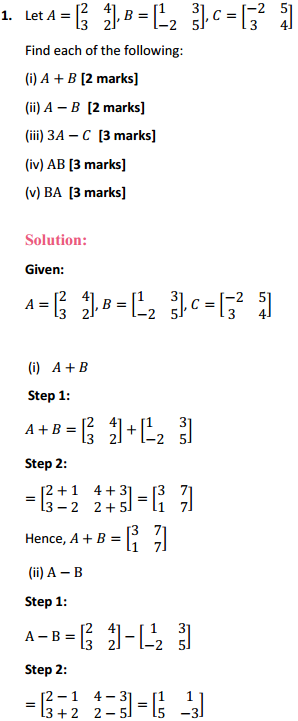

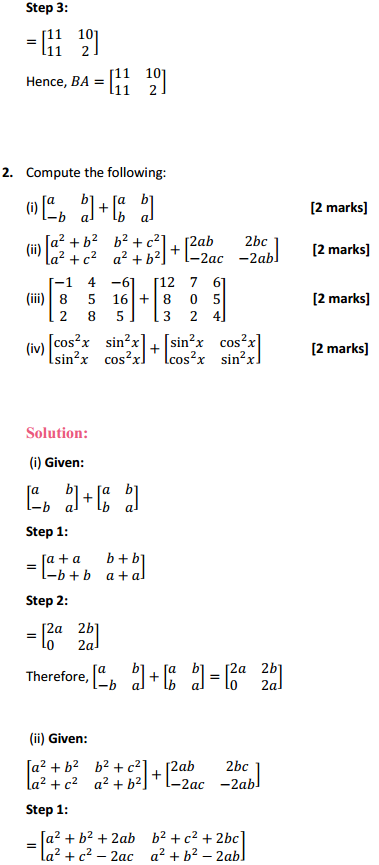
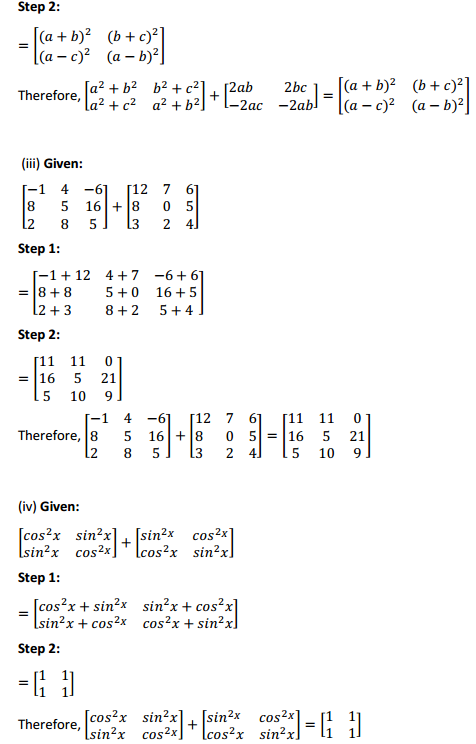
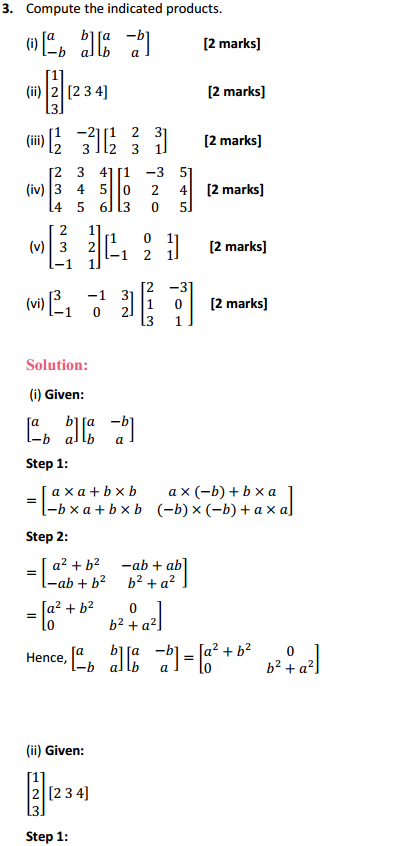
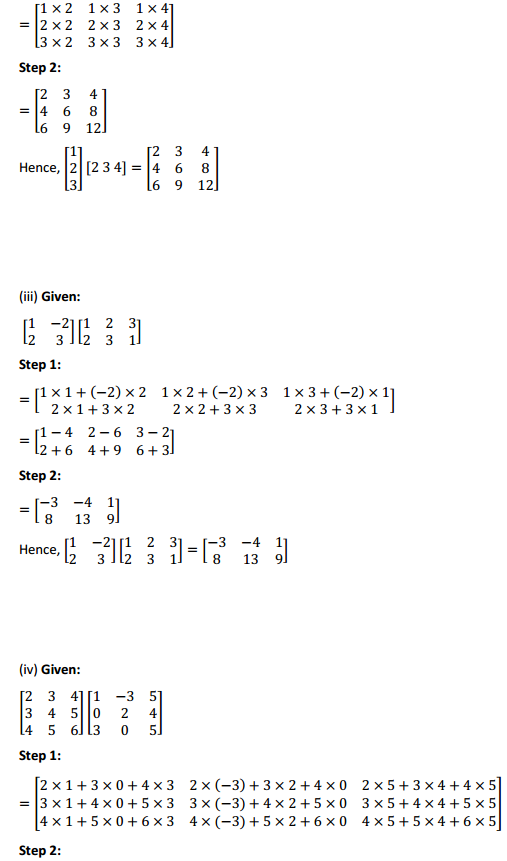
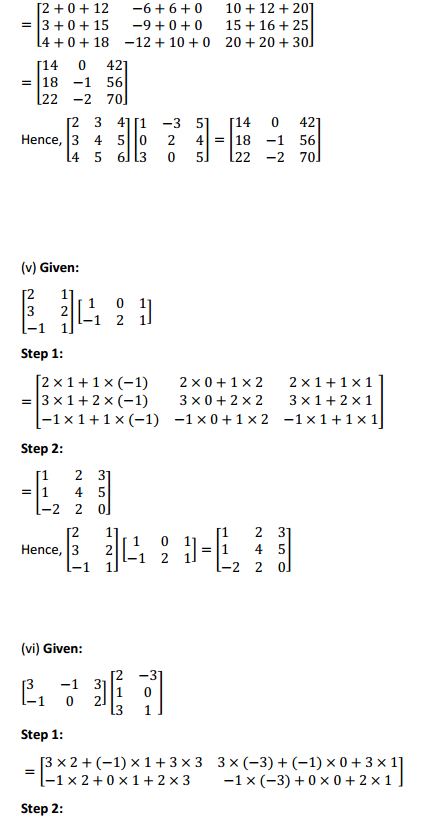
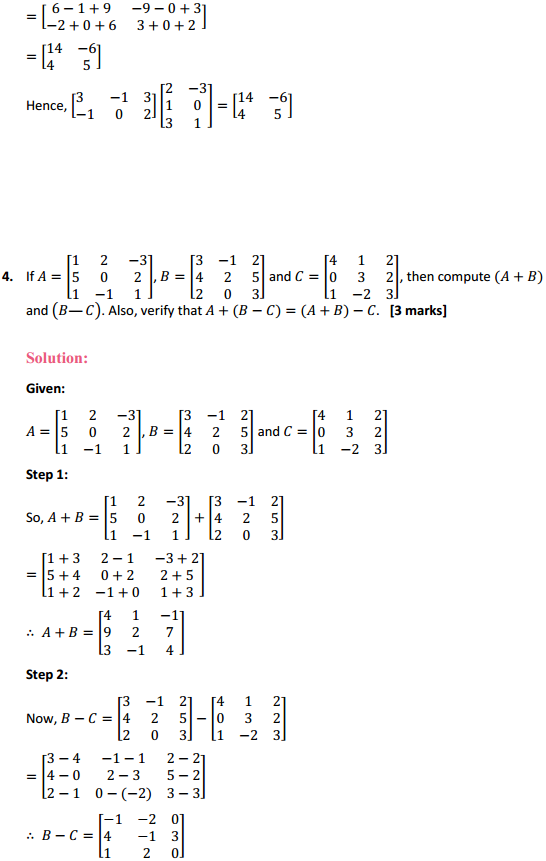
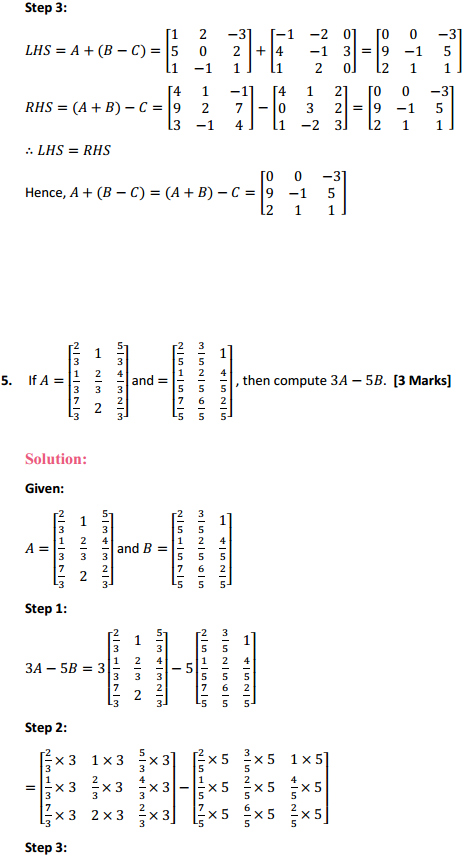
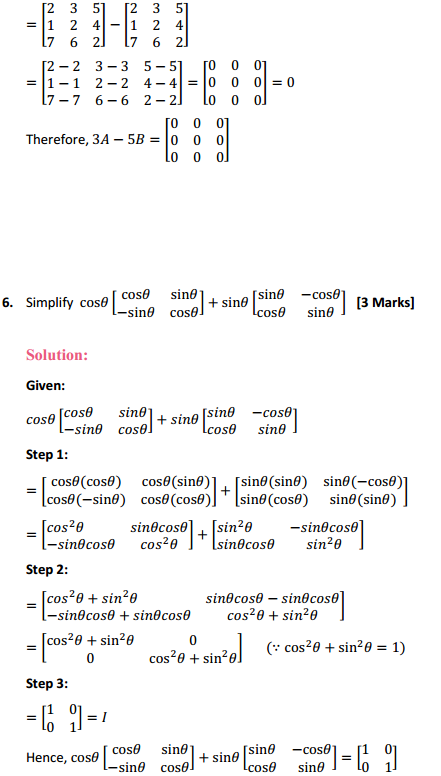
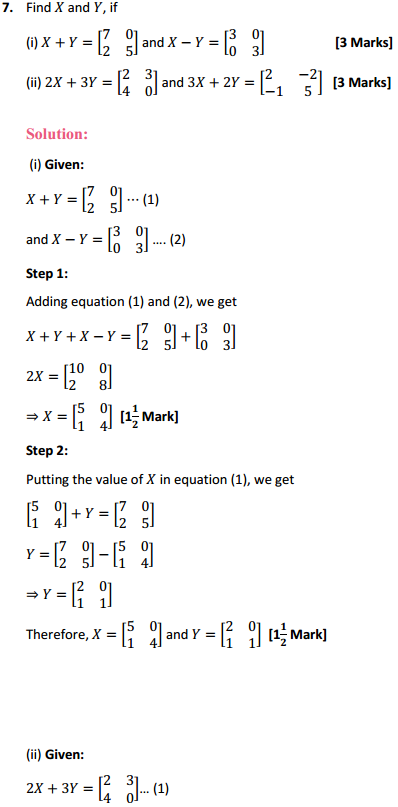
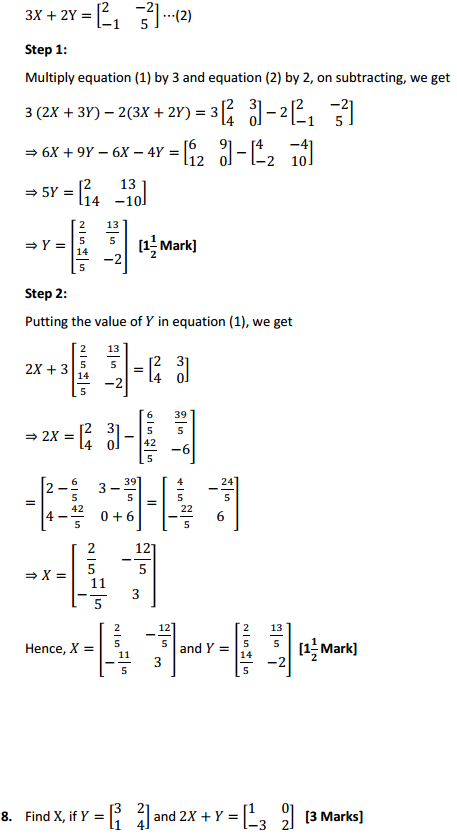
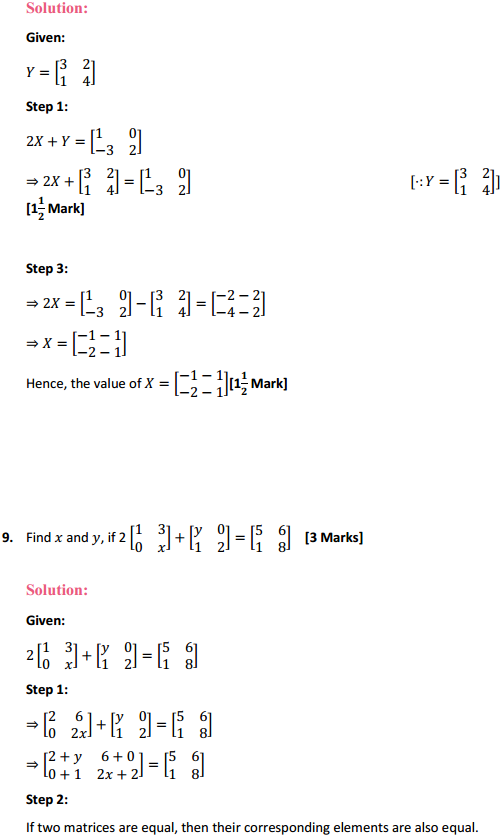
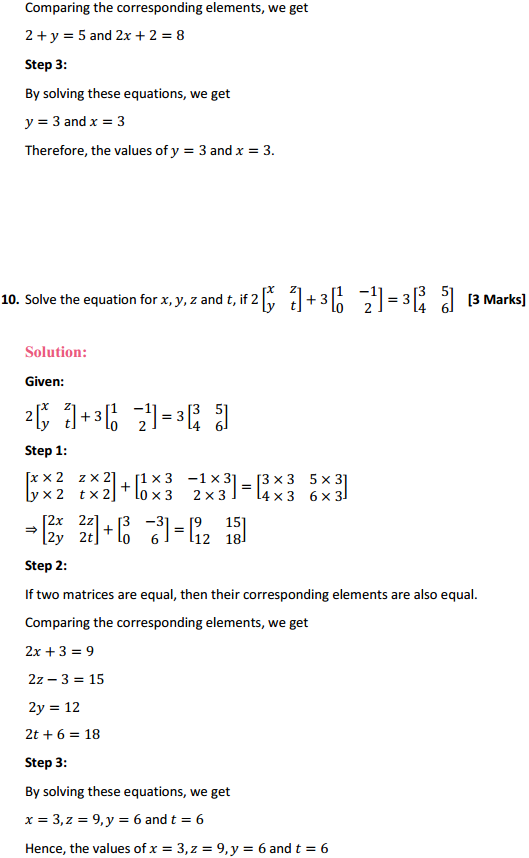
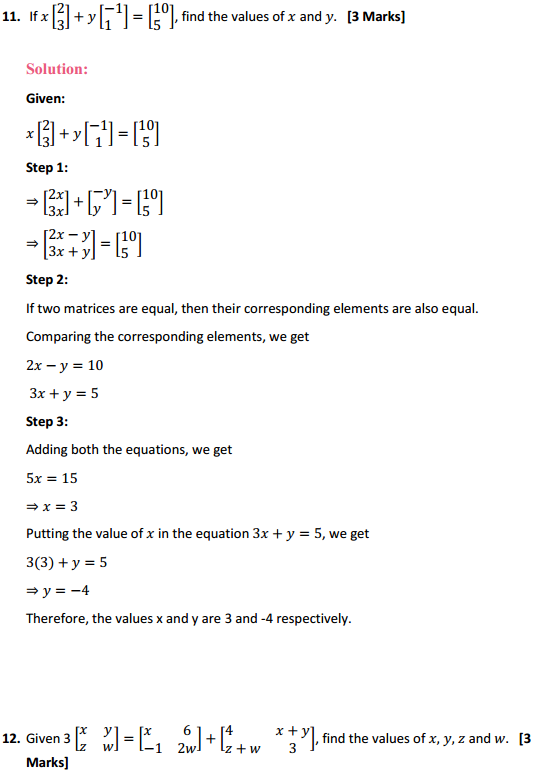
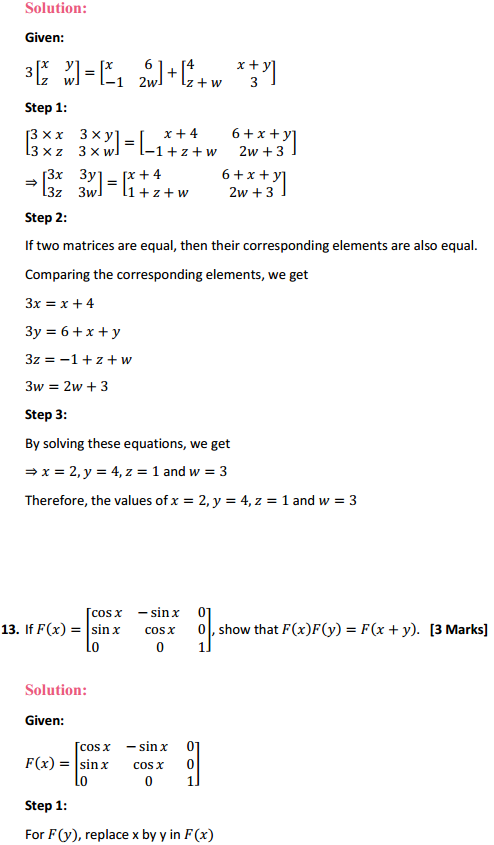
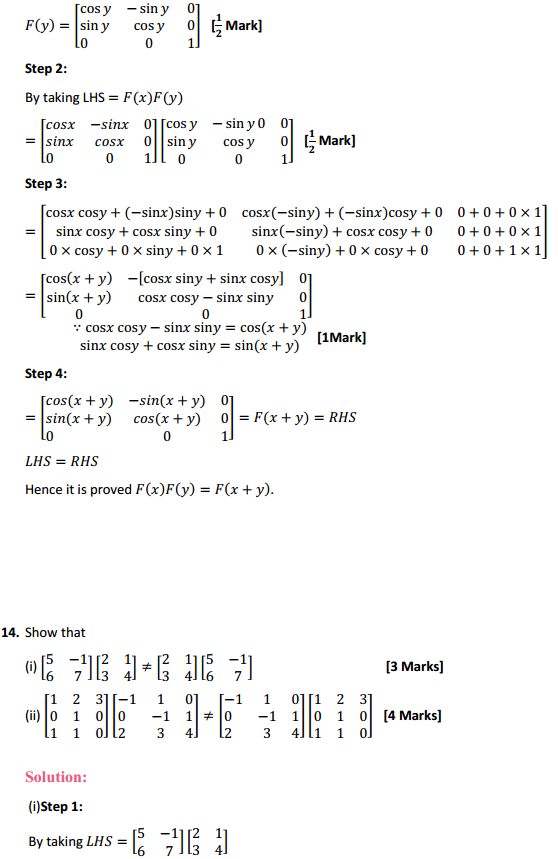
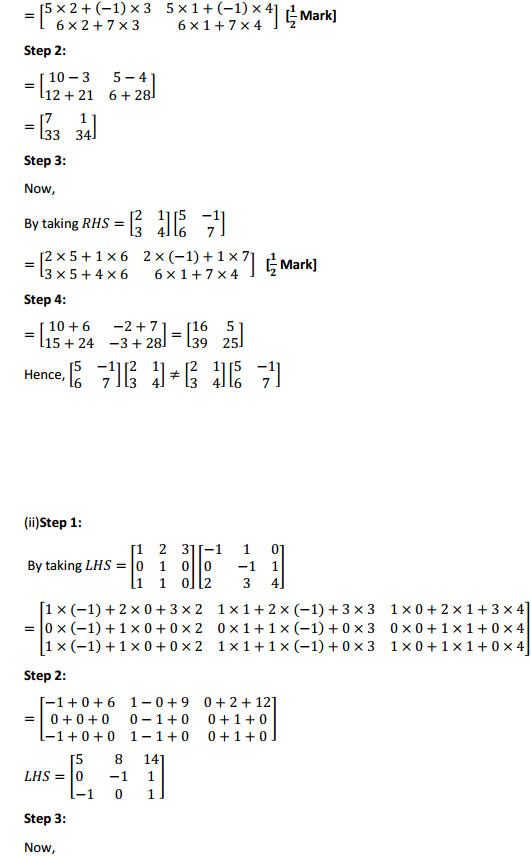

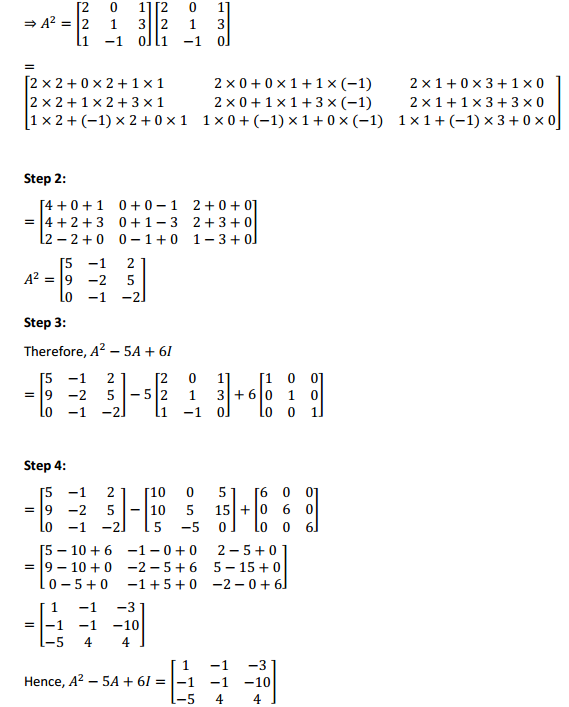
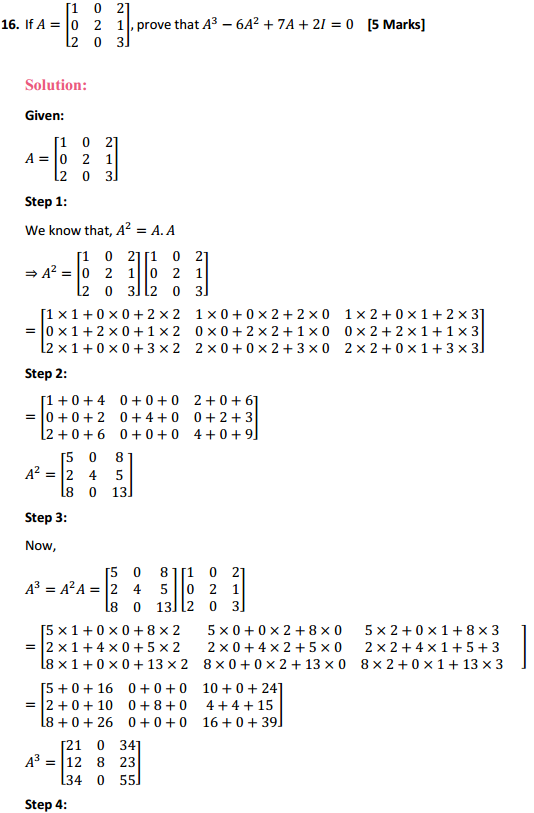
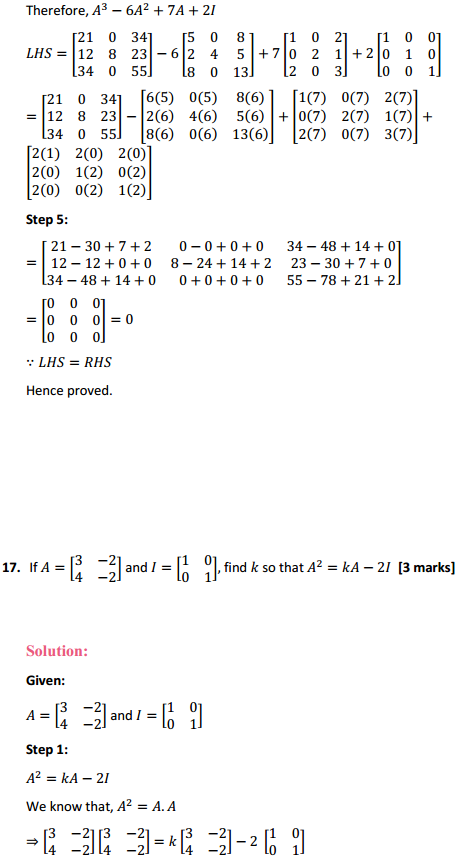
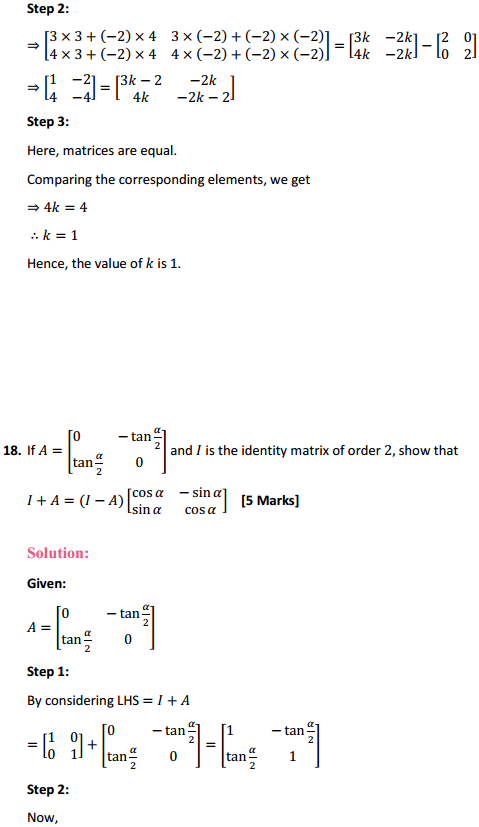
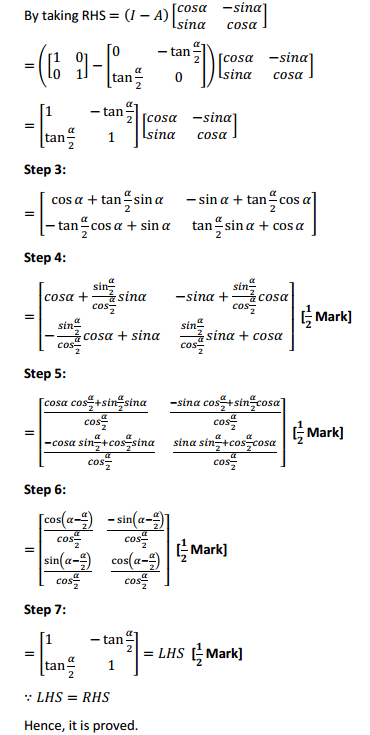
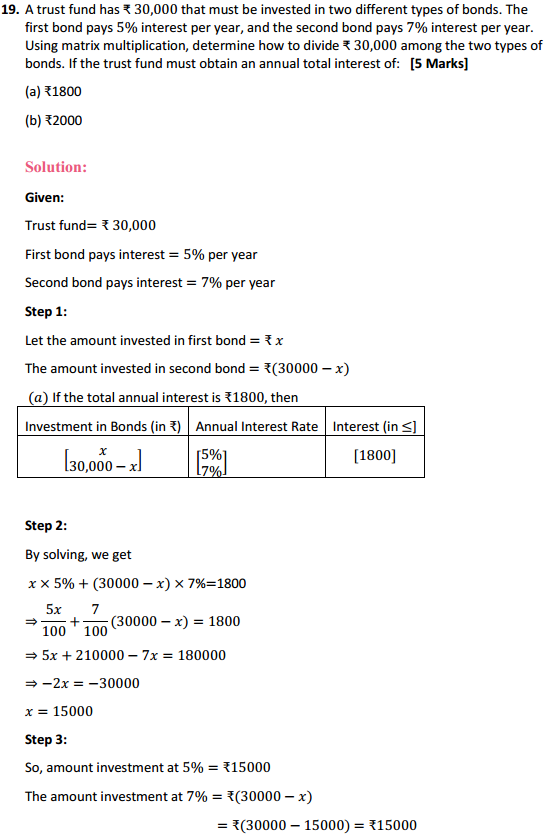
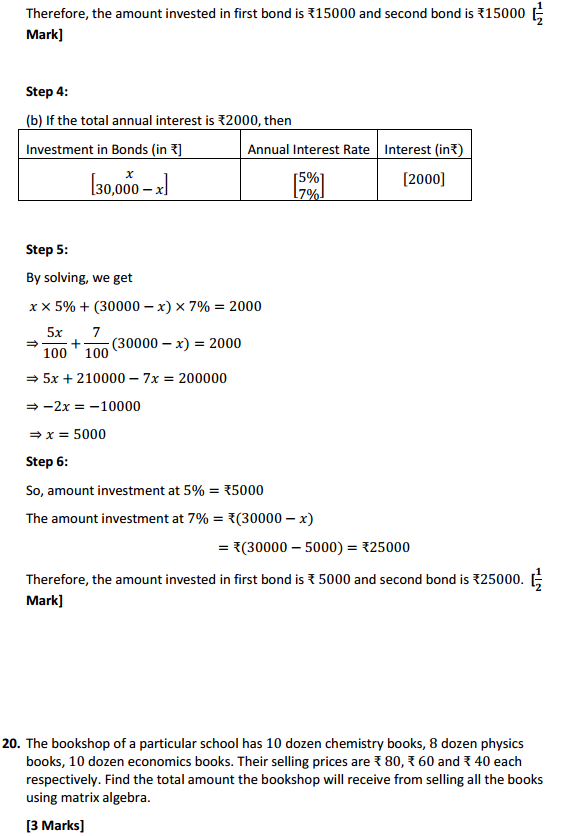
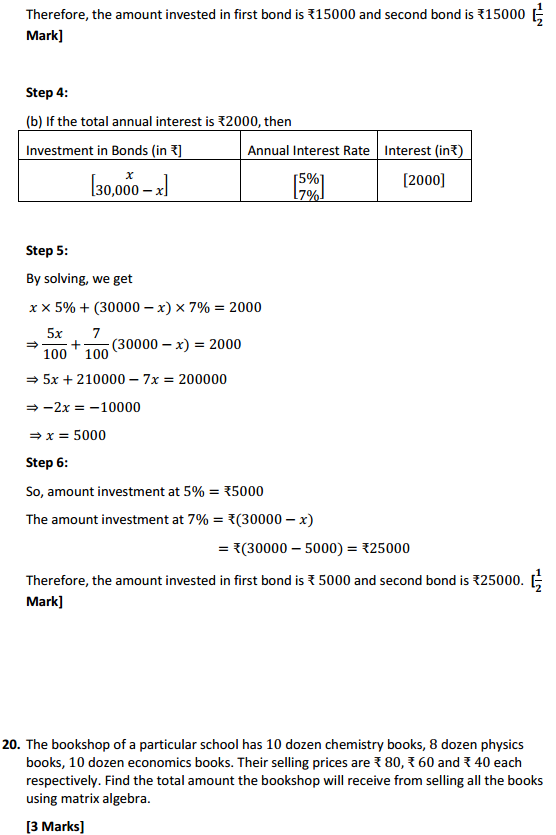
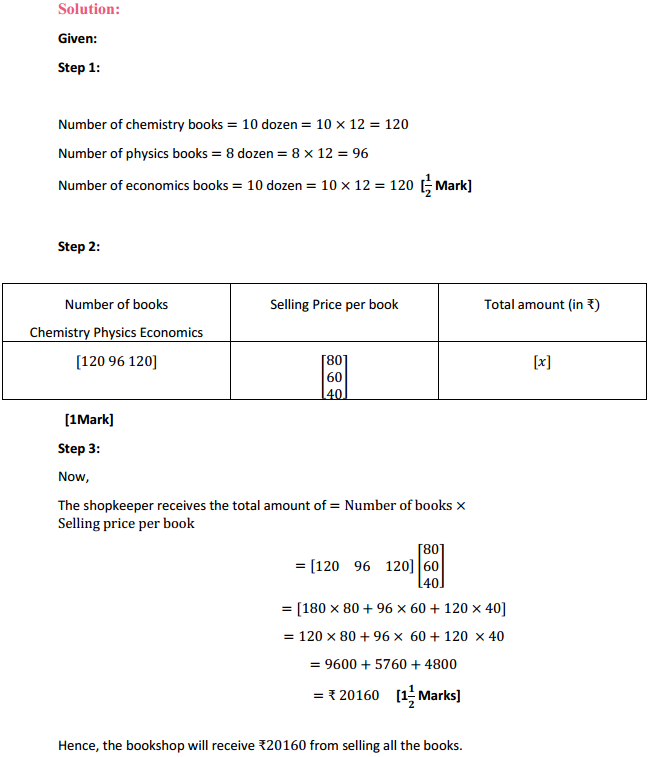
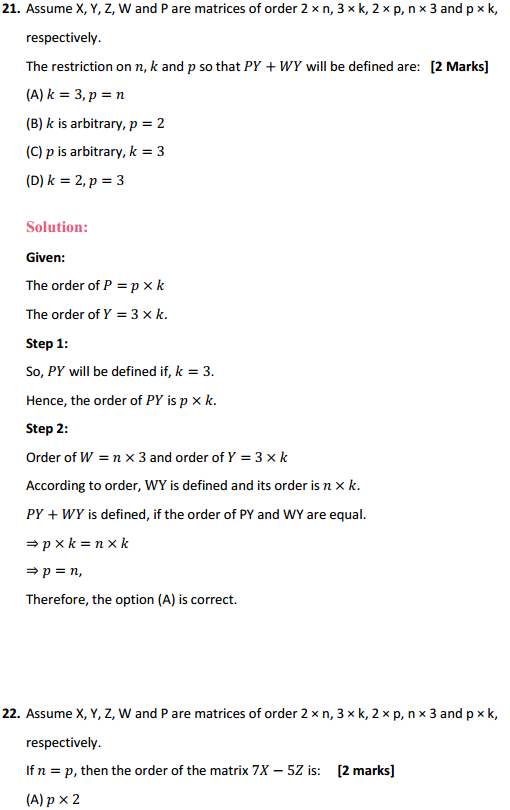
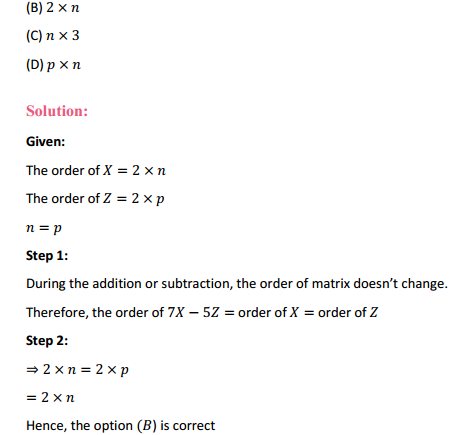
Access Class 12 Maths NCERT Solutions Chapter 3 Matrices Ex 3.2, contains solutions for all Exercise 3.2 Class 12 questions.






























Access Class 12 Maths NCERT Solutions Chapter 3 Matrices Ex 3.1, contains solutions for all Exercise 3.1 Class 12 questions.
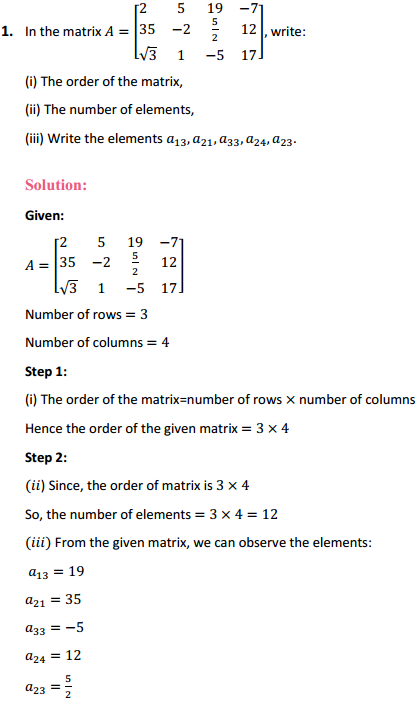
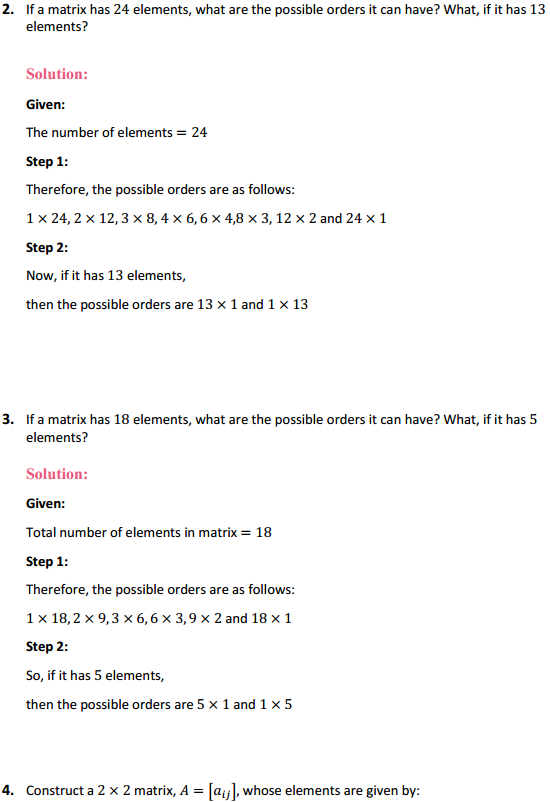

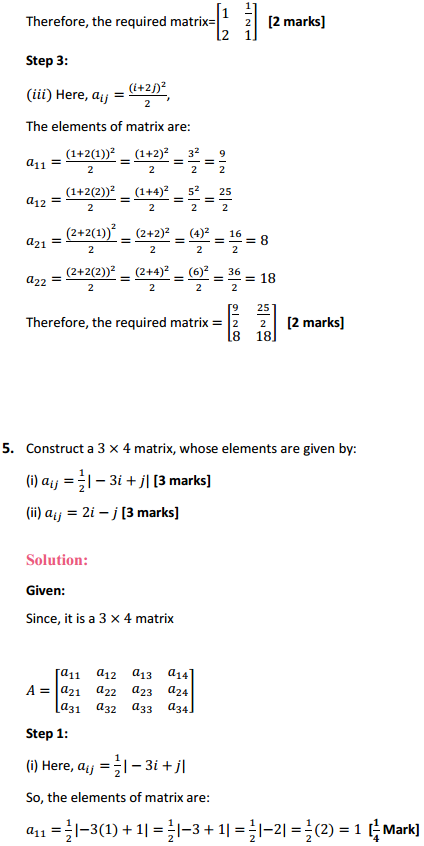
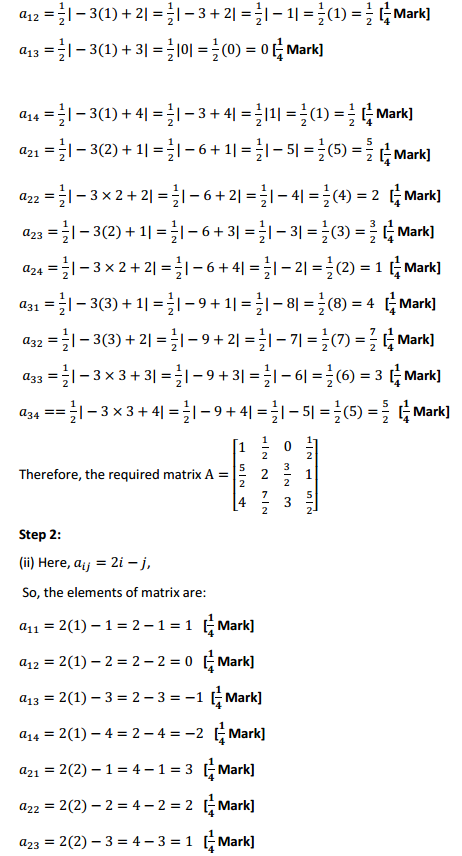
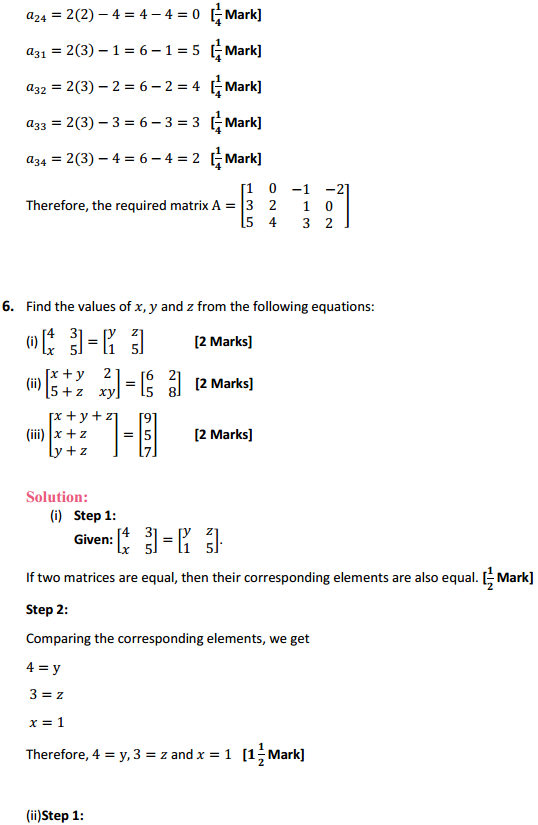
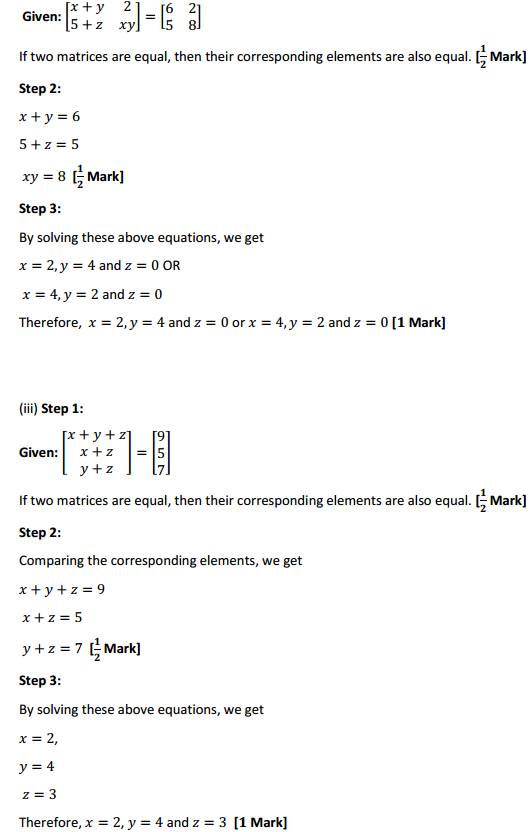
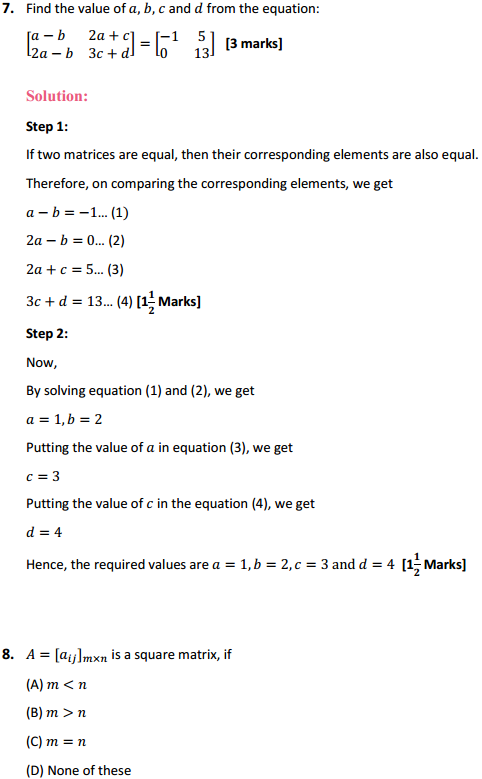
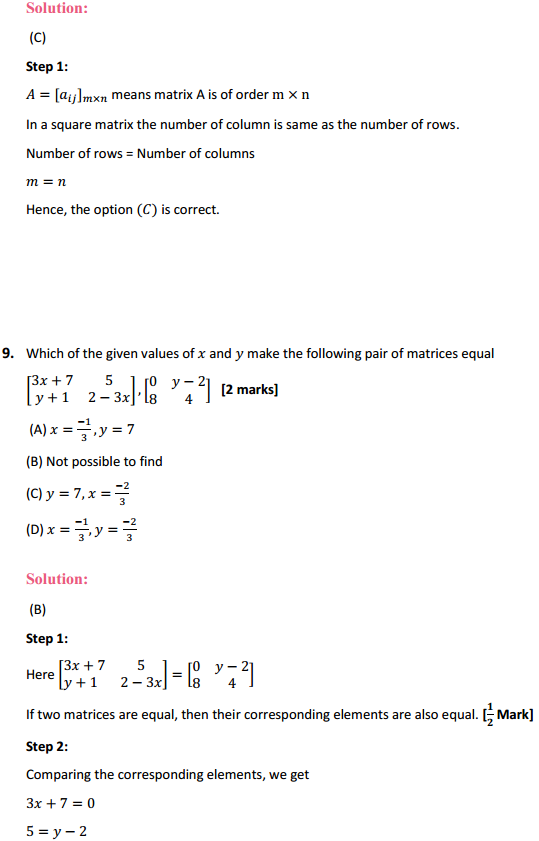
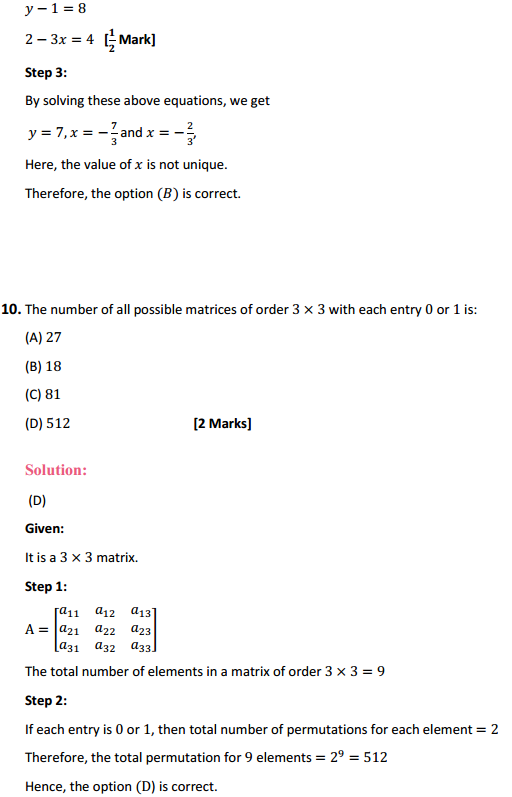
Access Class 12 Maths NCERT Solutions Chapter 2 Inverse Trigonometric Functions Miscellaneous Exercise, contains solutions for all Inverse Trigonometric Functions Miscellaneous Exercise Class 12 questions.
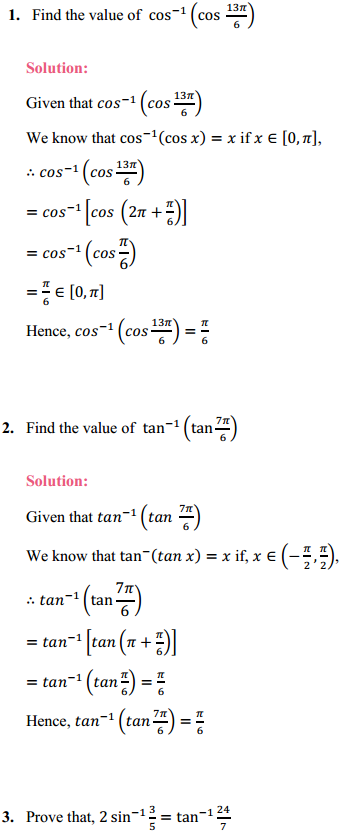
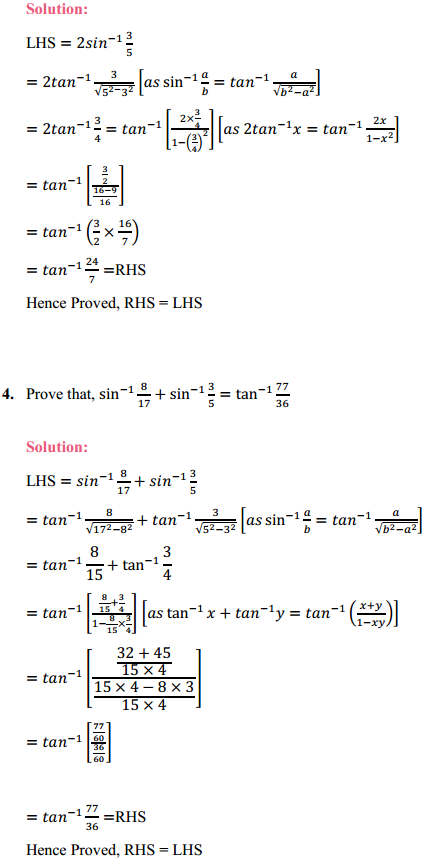
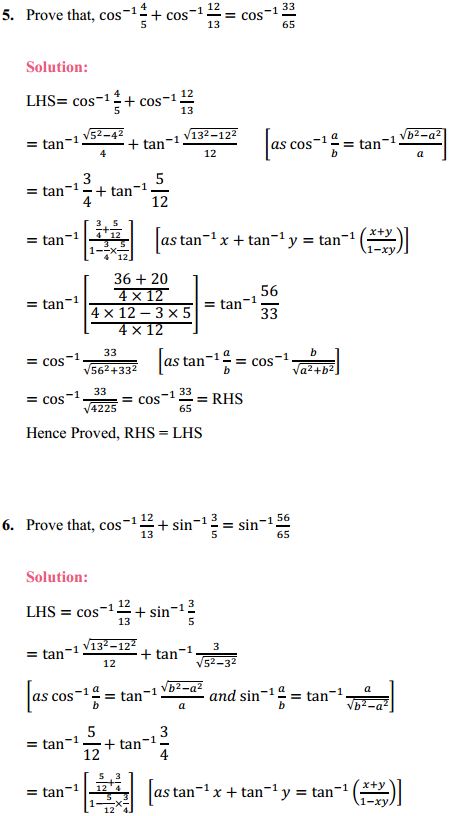
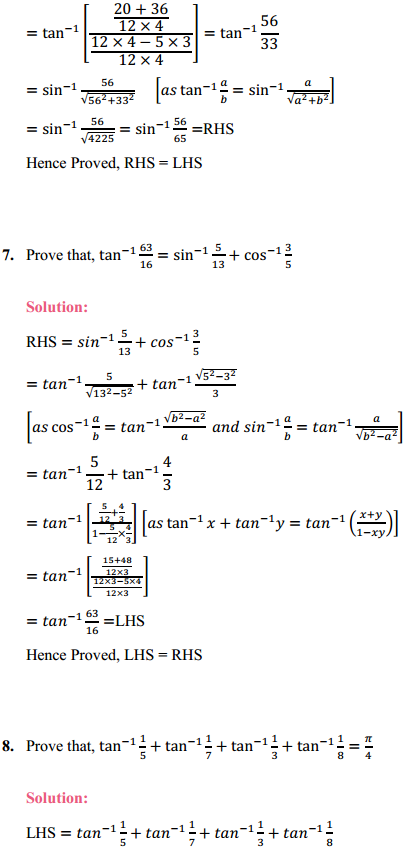
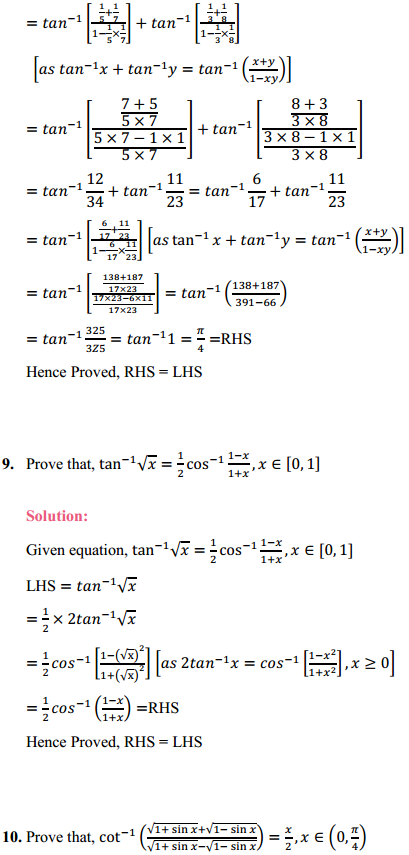
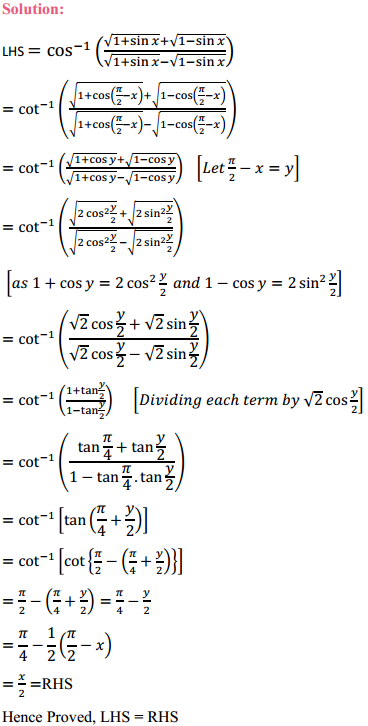
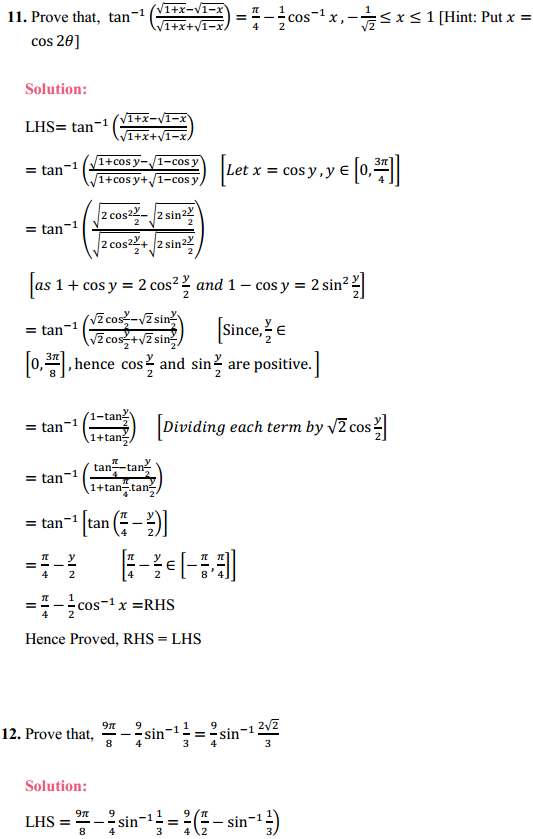
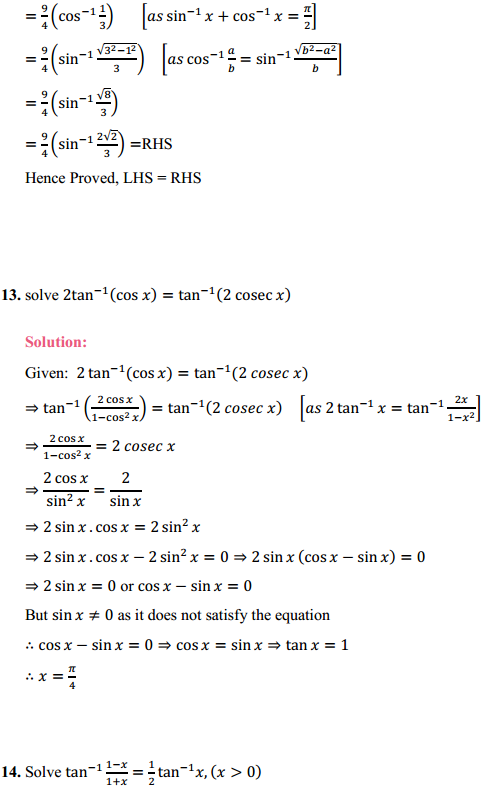
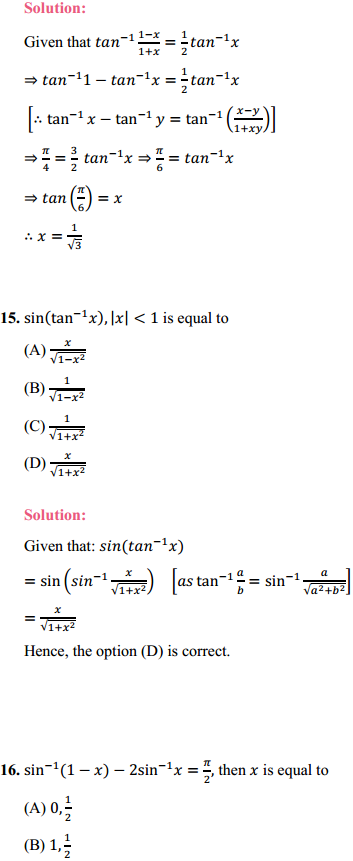
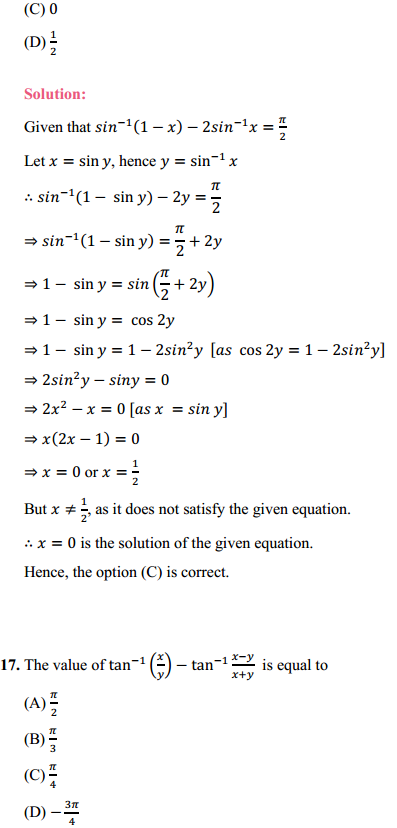
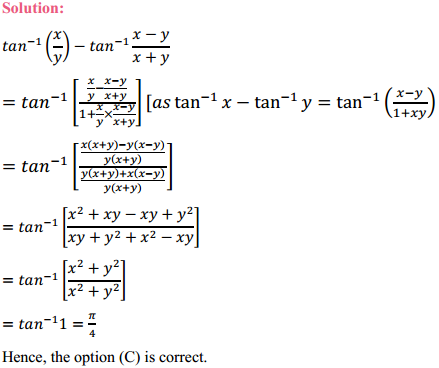
Access Class 12 Maths NCERT Solutions Chapter 2 Inverse Trigonometric Functions Ex 2.2, contains solutions for all Exercise 2.2 Class 12 questions.
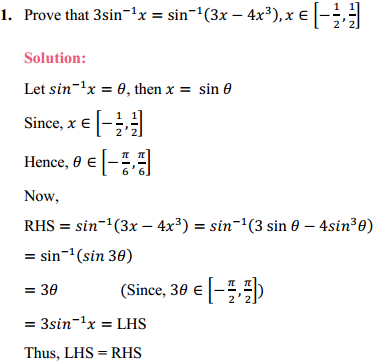
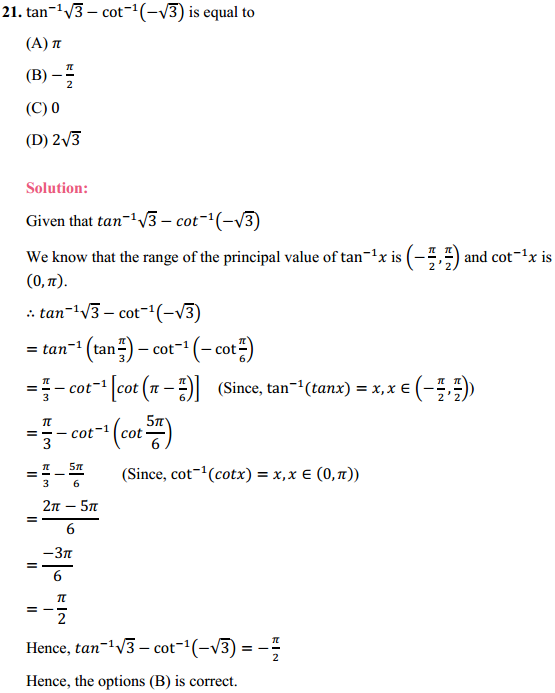
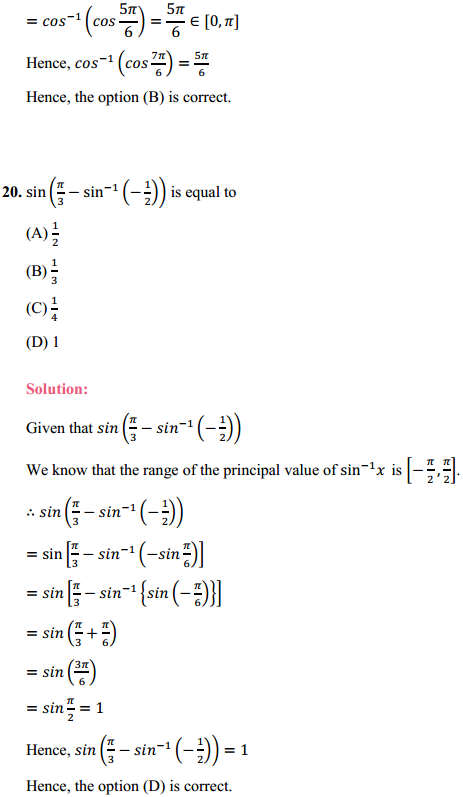
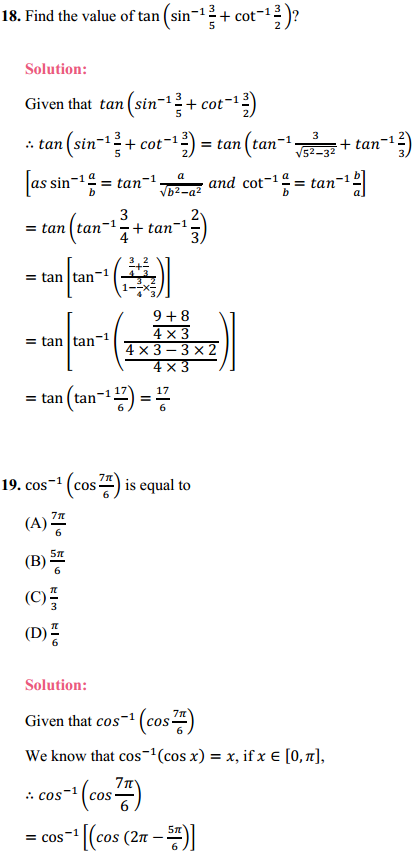
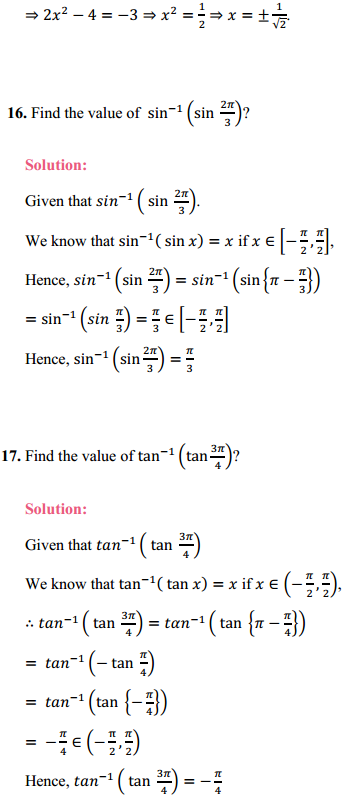
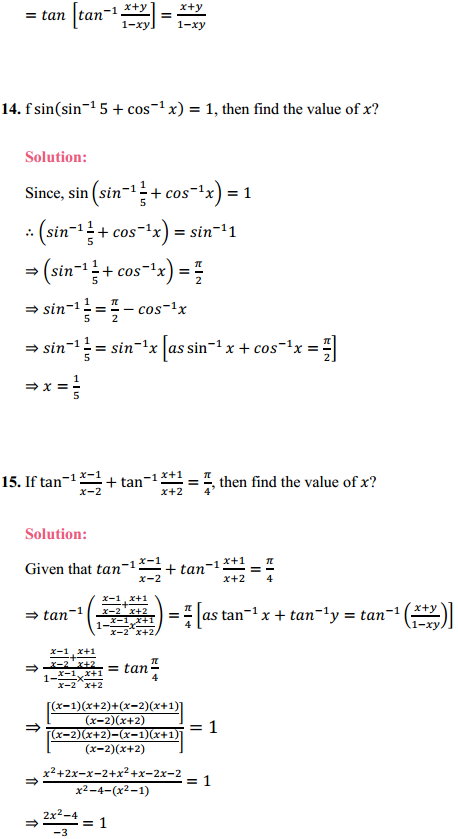
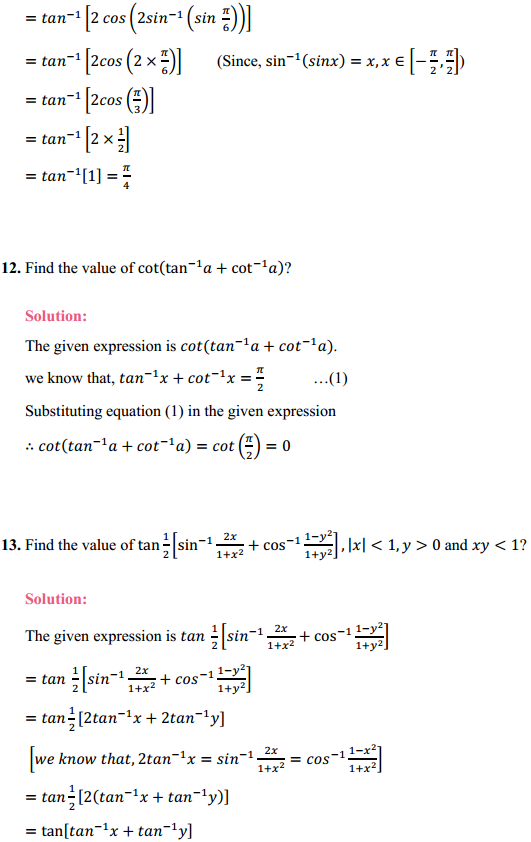
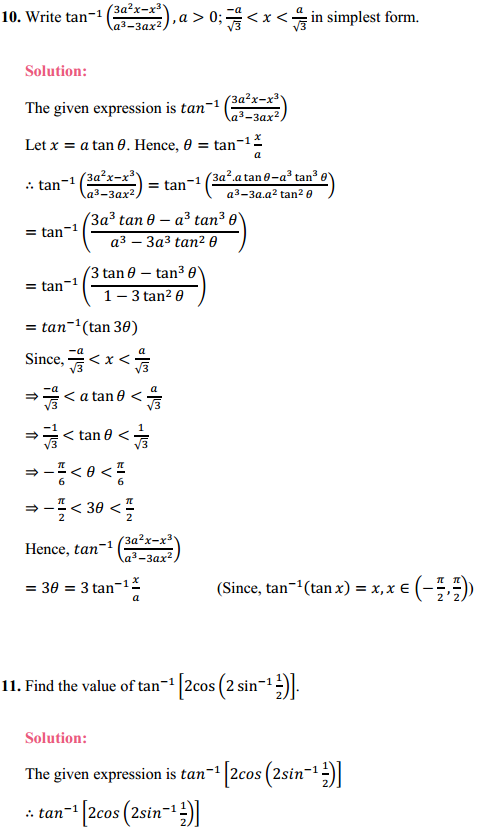
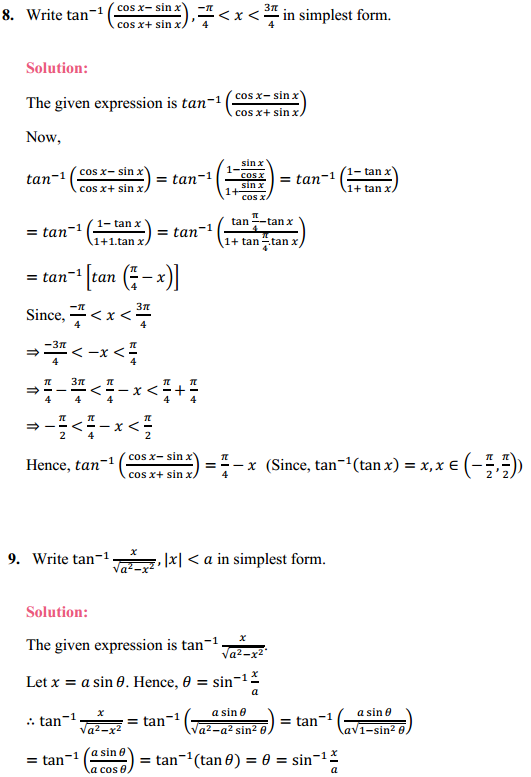
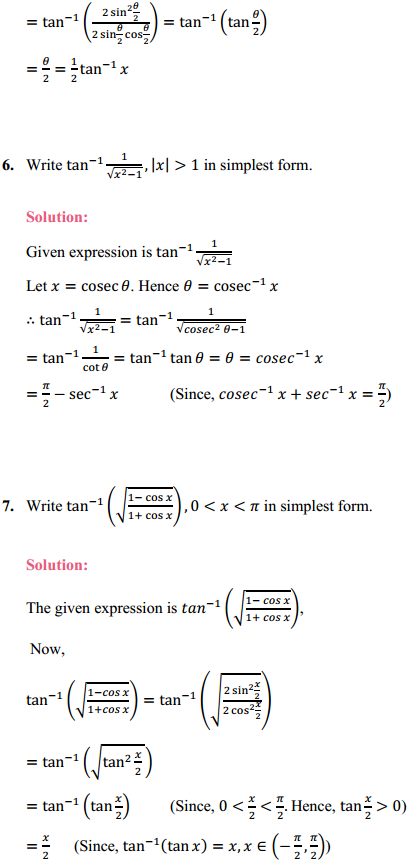
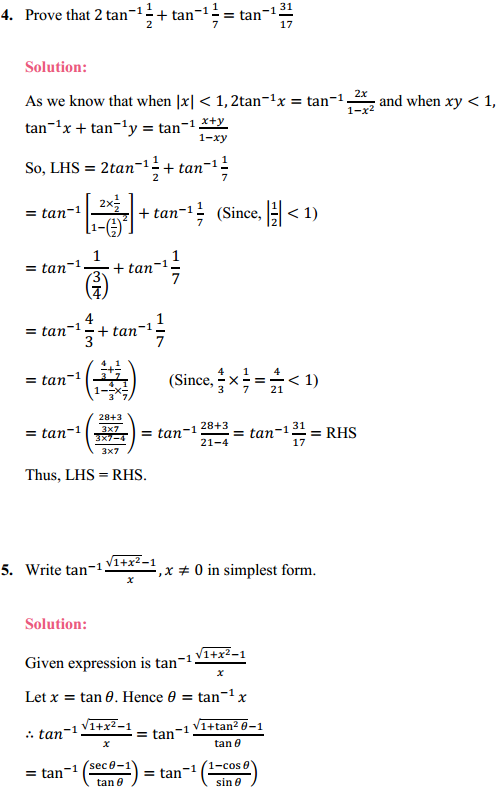
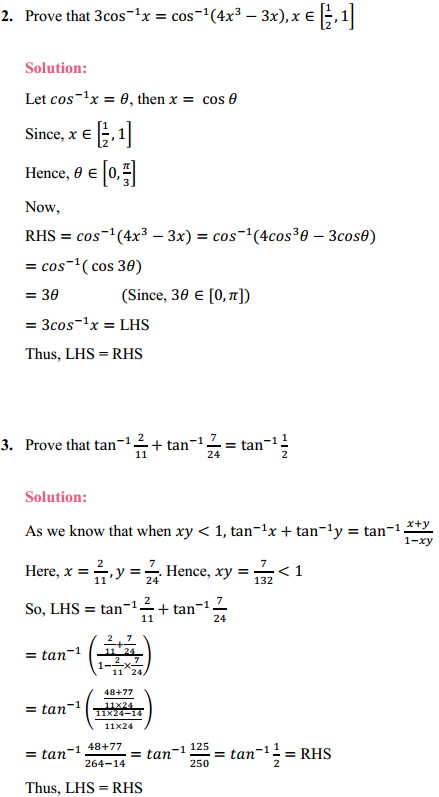
Access Class 12 Maths NCERT Solutions Chapter 2 Inverse Trigonometric Functions Ex 2.1, contains solutions for all Exercise 2.1 Class 12 questions.
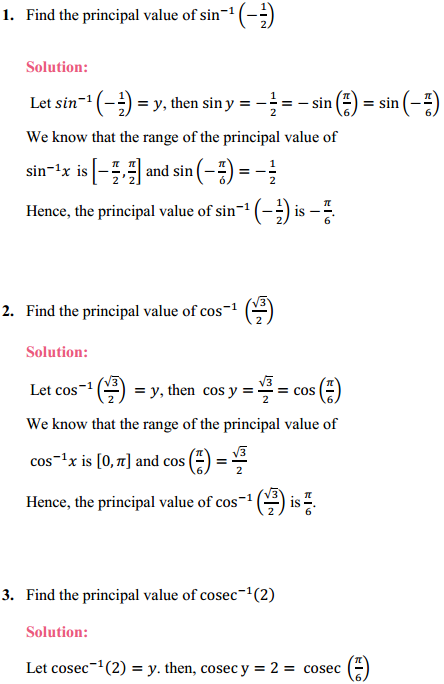
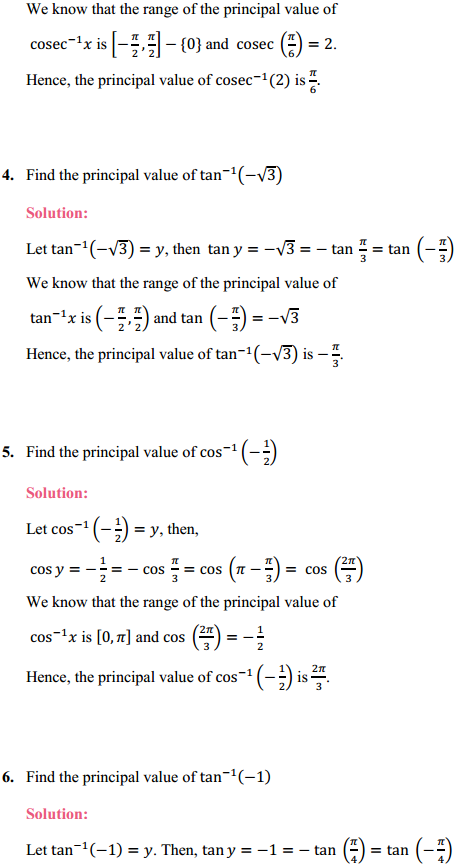
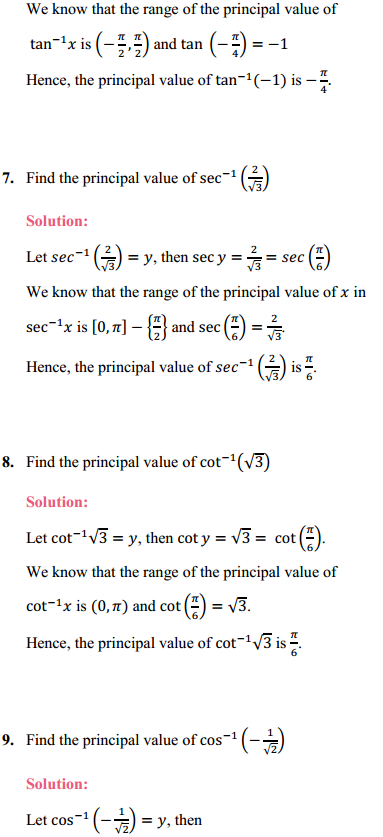
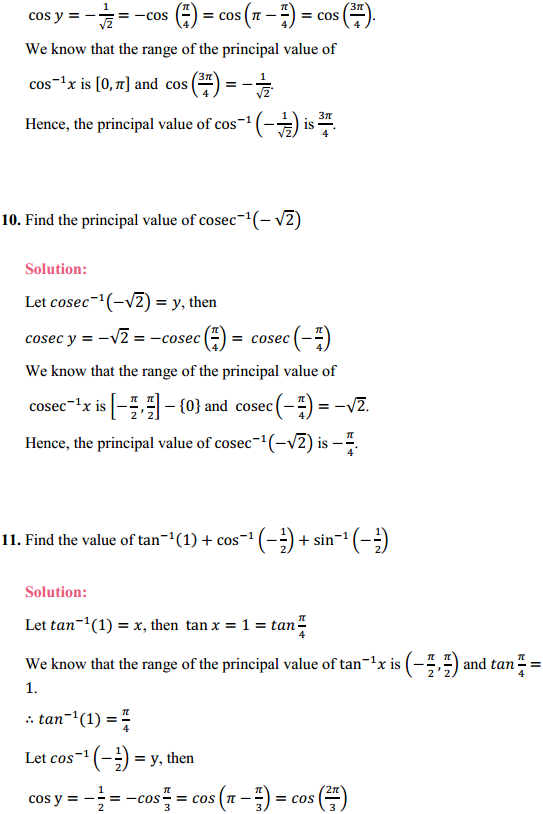
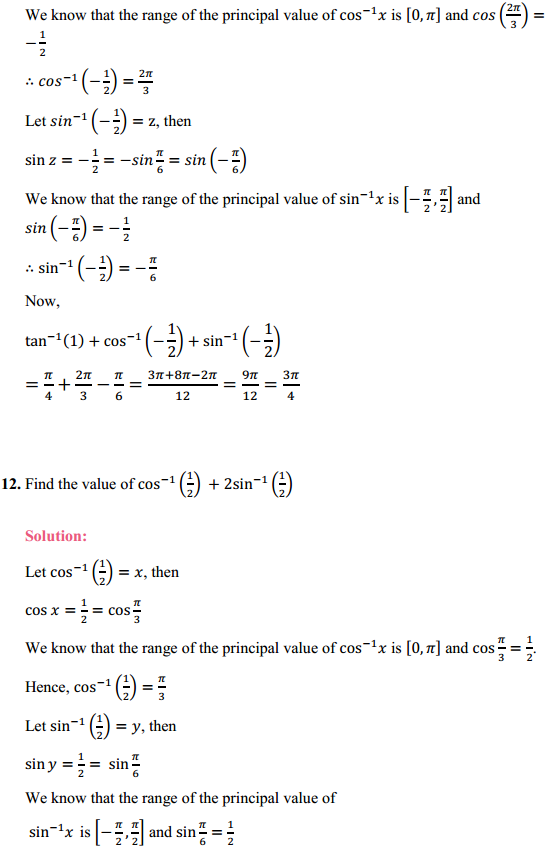
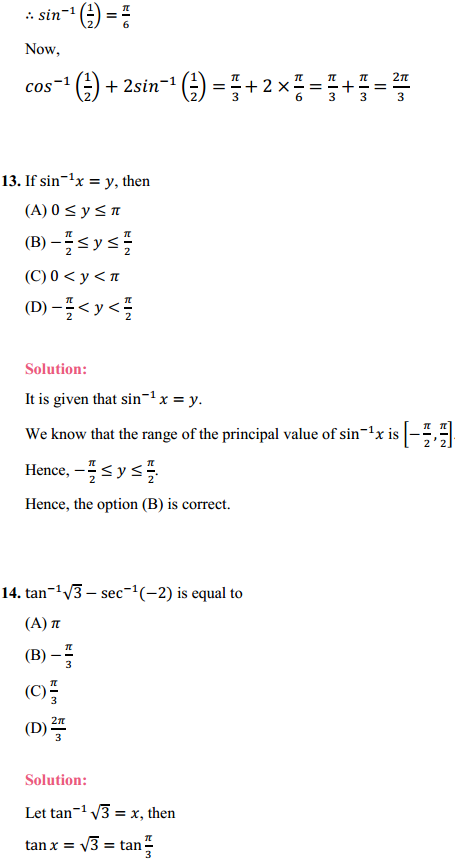
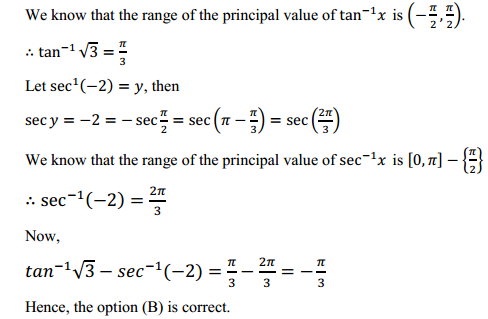
Access Class 12 Maths NCERT Solutions Chapter 1 Relations and Functions Miscellaneous Exercise, contains solutions for all Miscellaneous Exercise Class 12 questions.
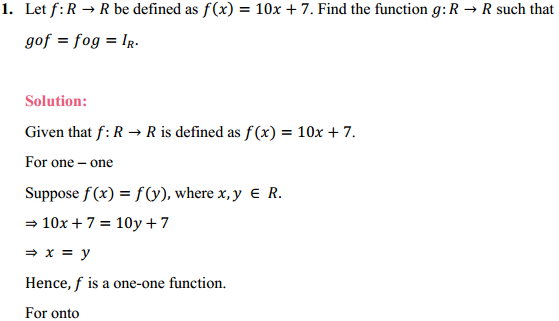
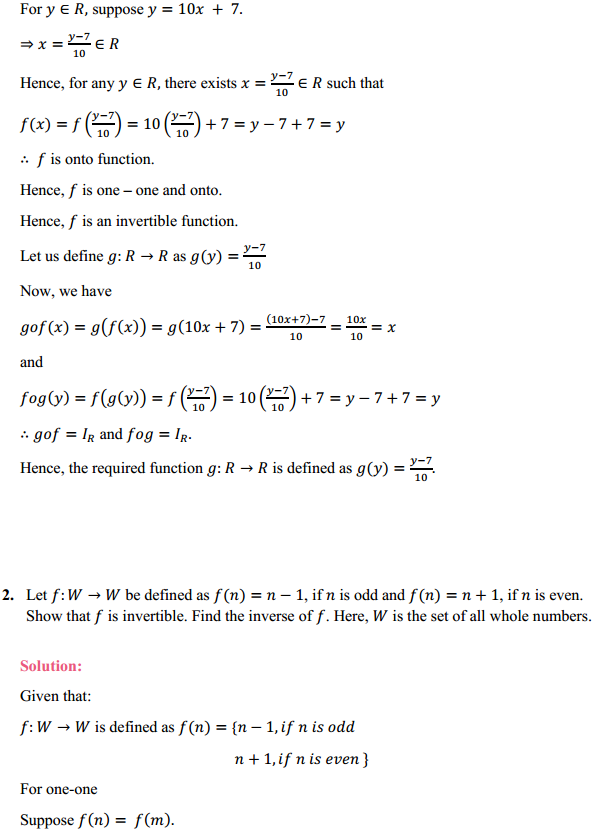
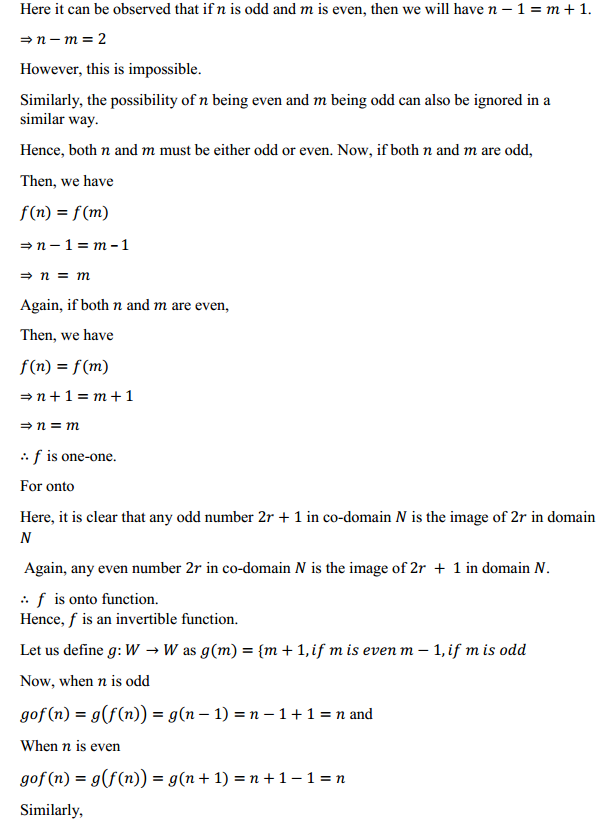
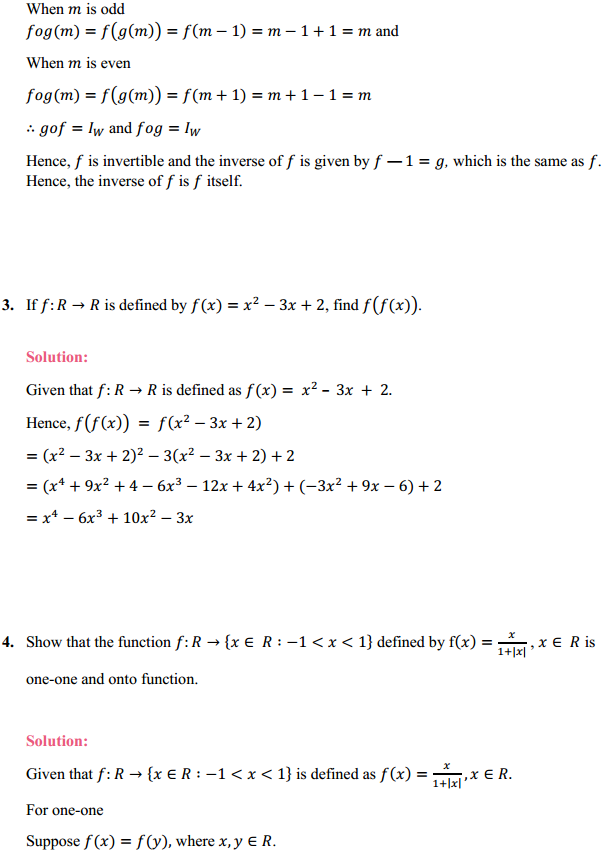
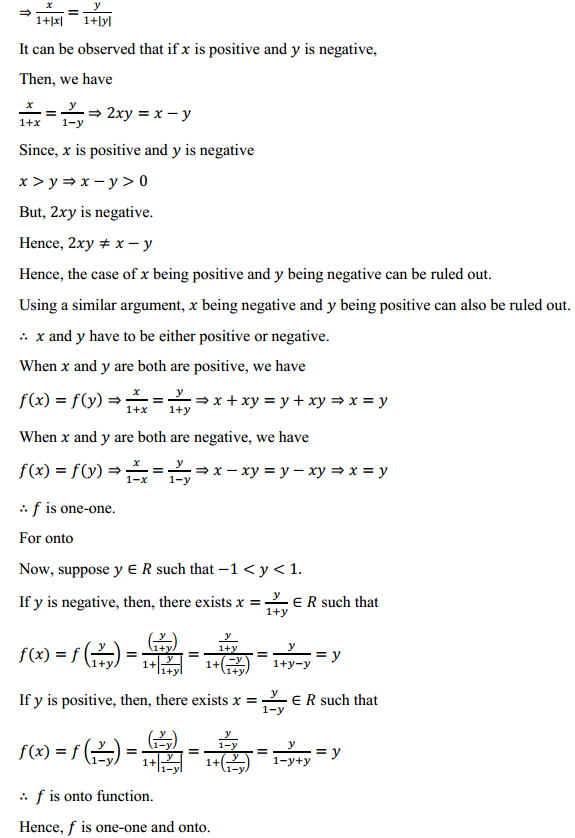
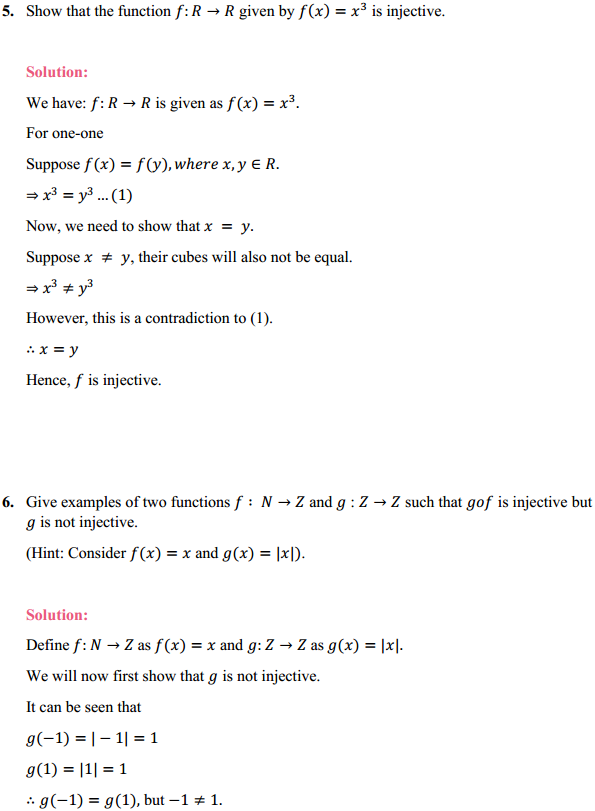
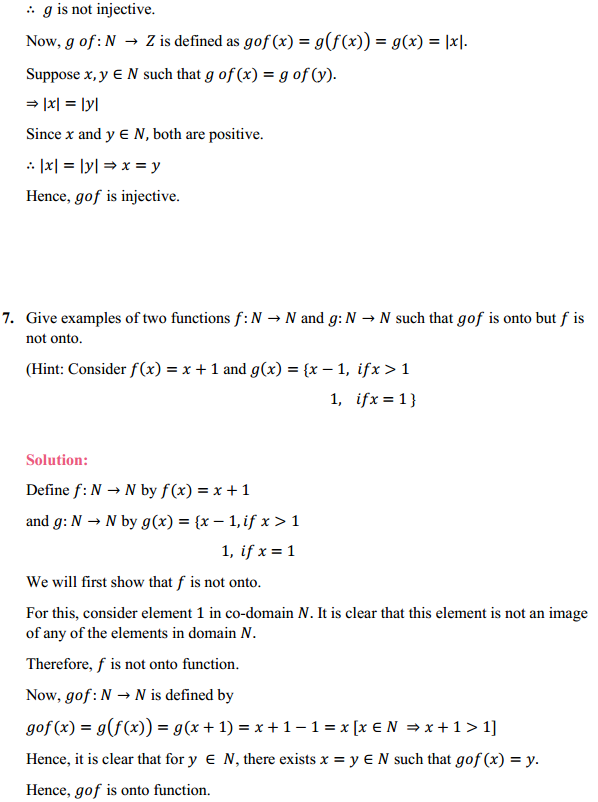
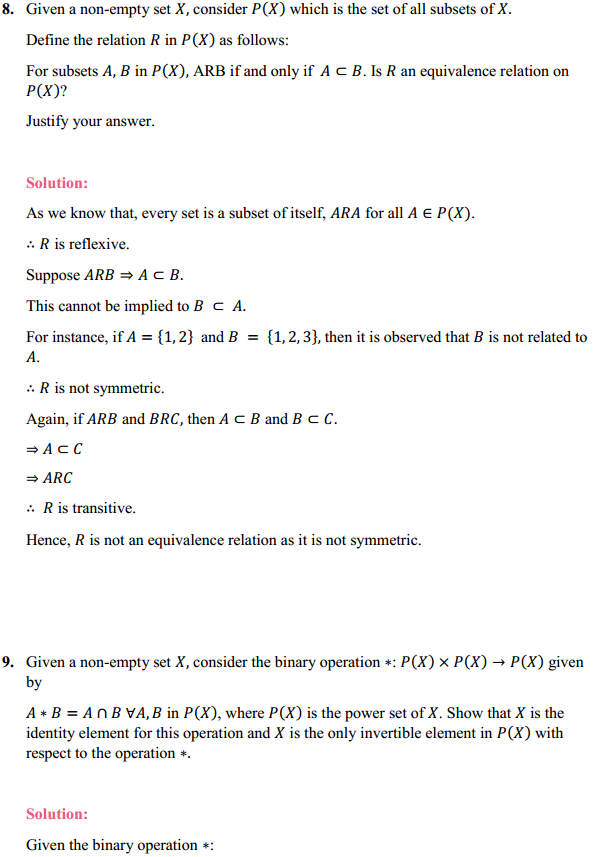
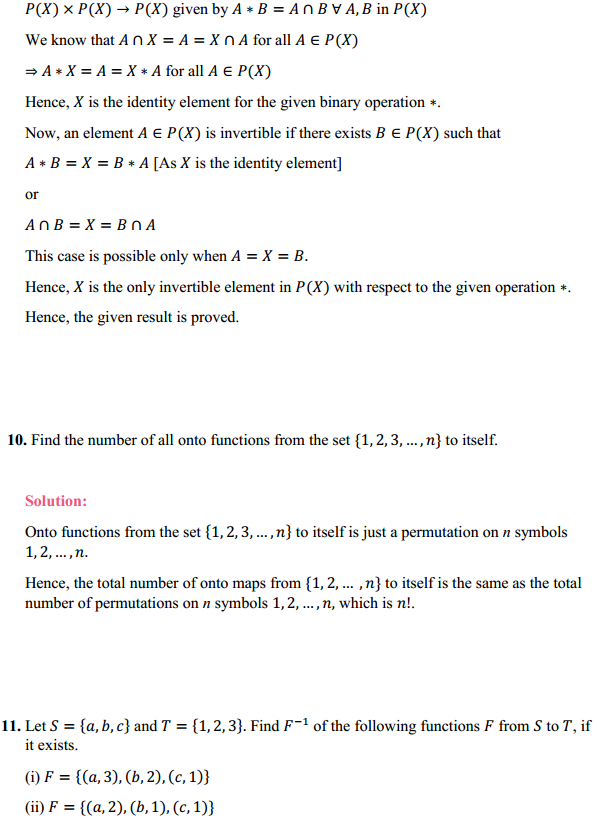
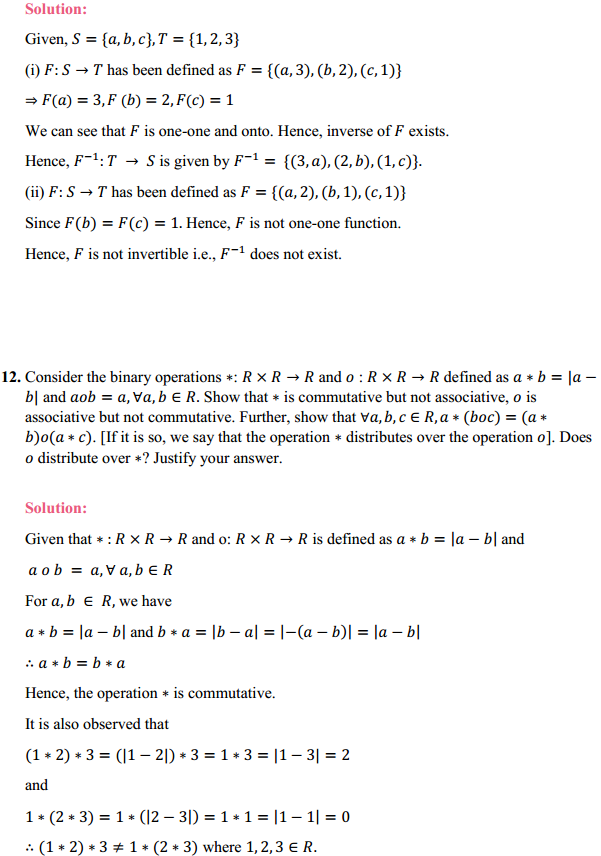
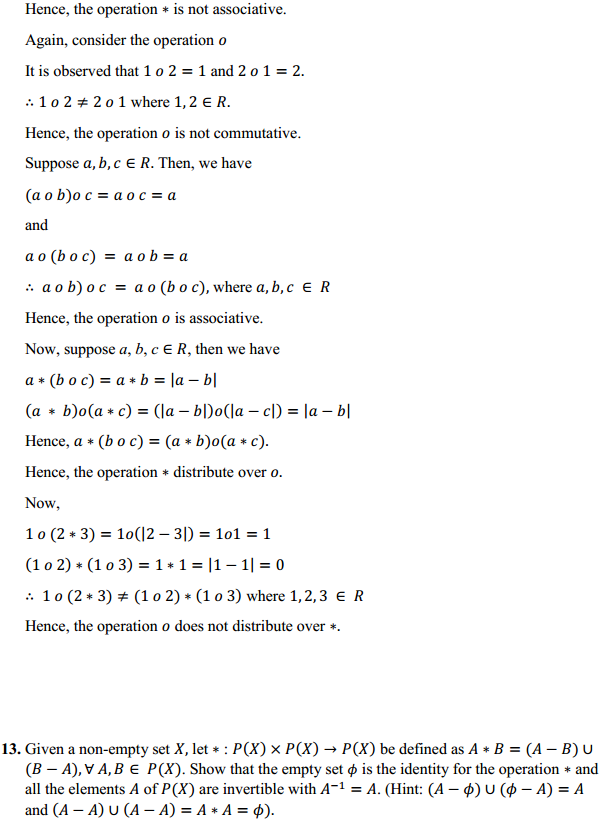
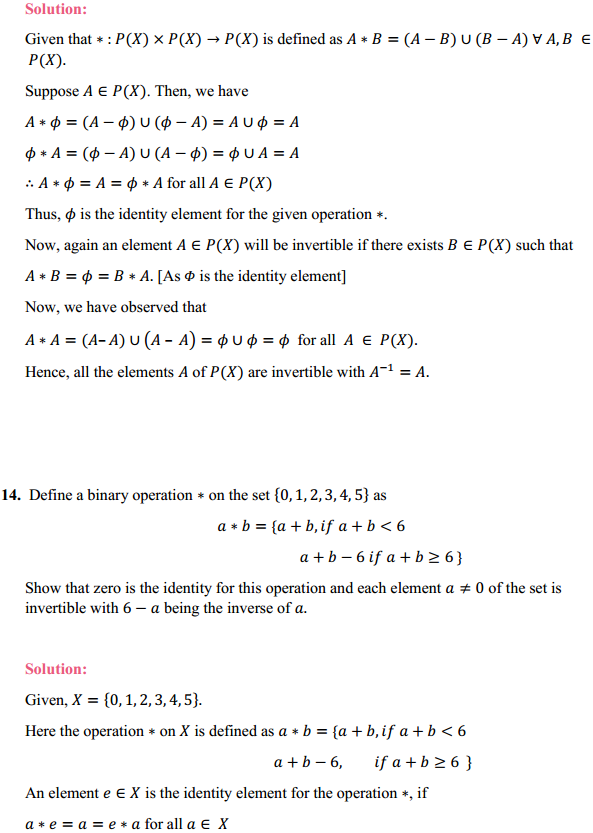
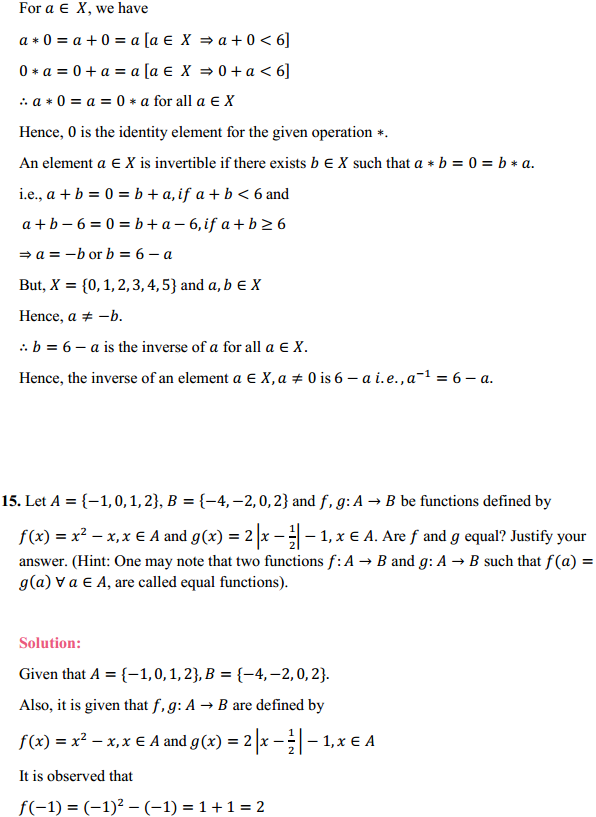
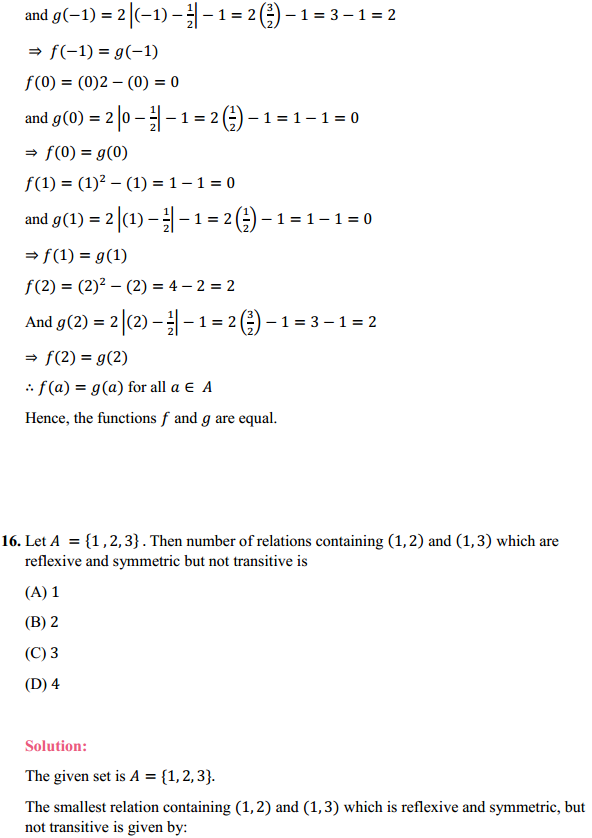
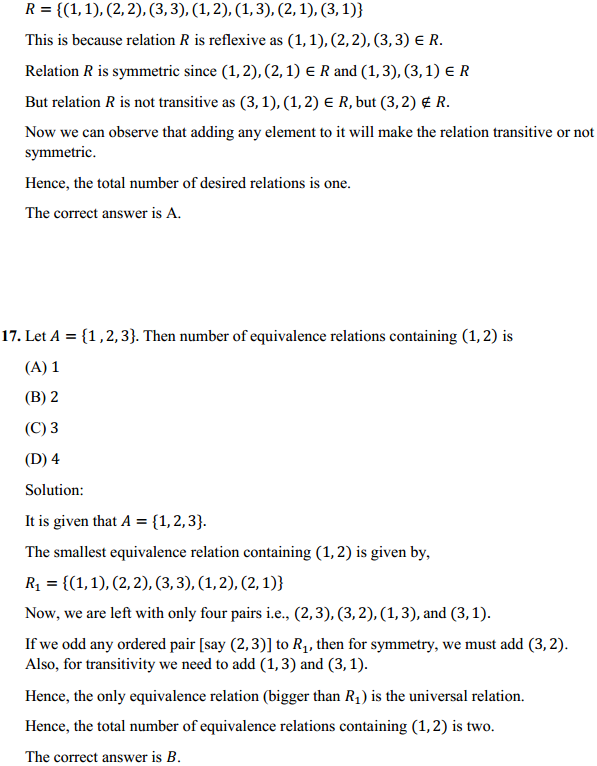
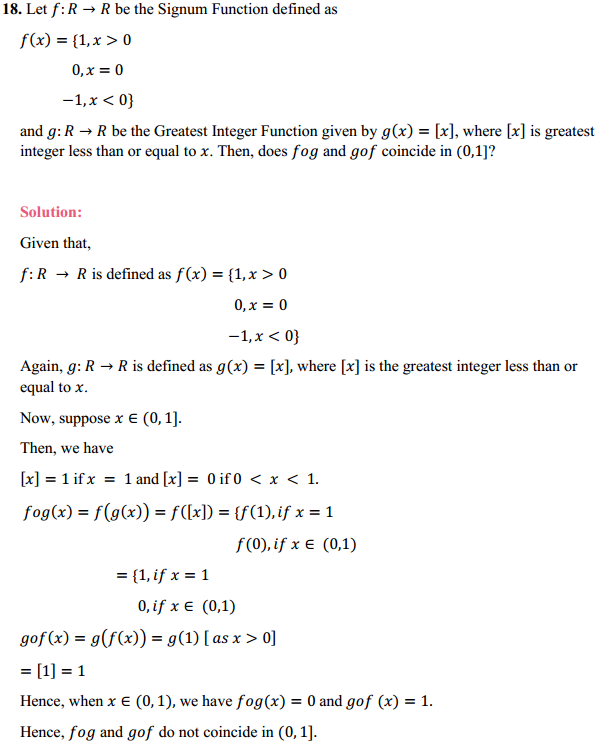
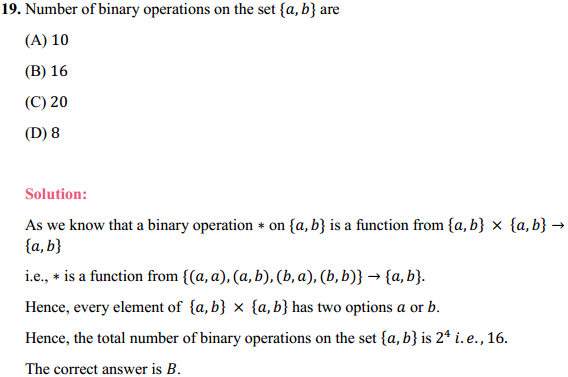
Access Class 12 Maths NCERT Solutions Chapter 1 Relations and Functions Ex 1.4, contains solutions for all Exercise 1.4 Class 12 questions.
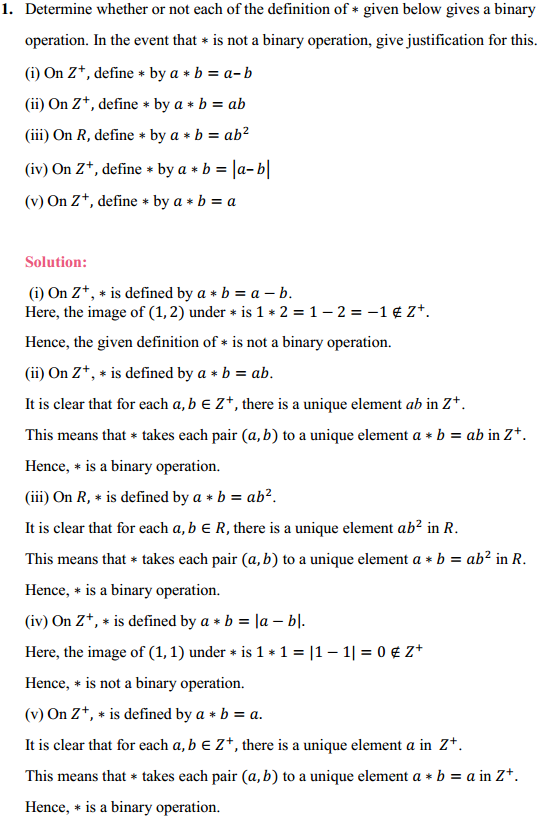
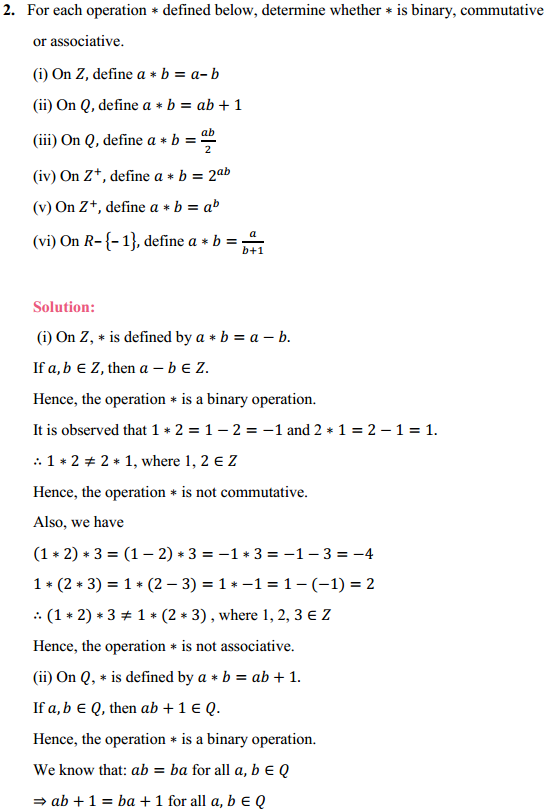
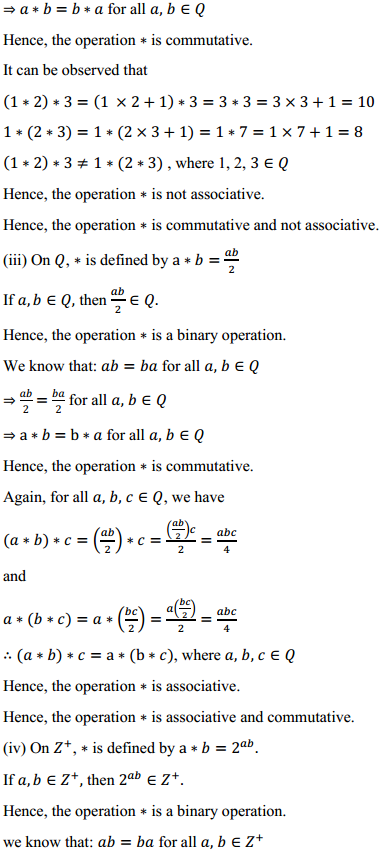
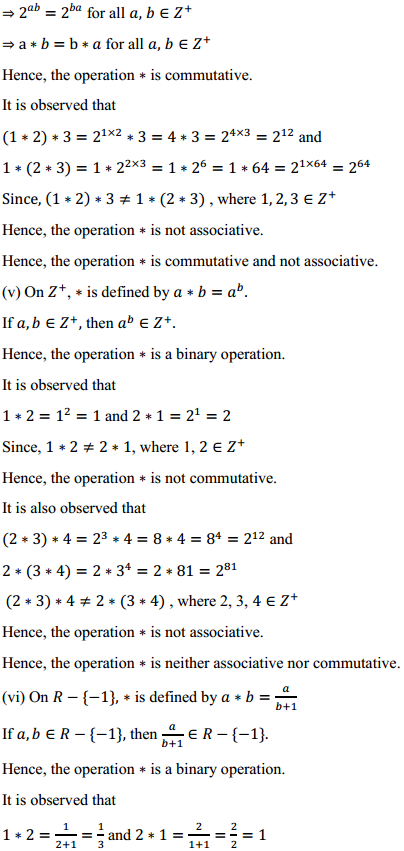
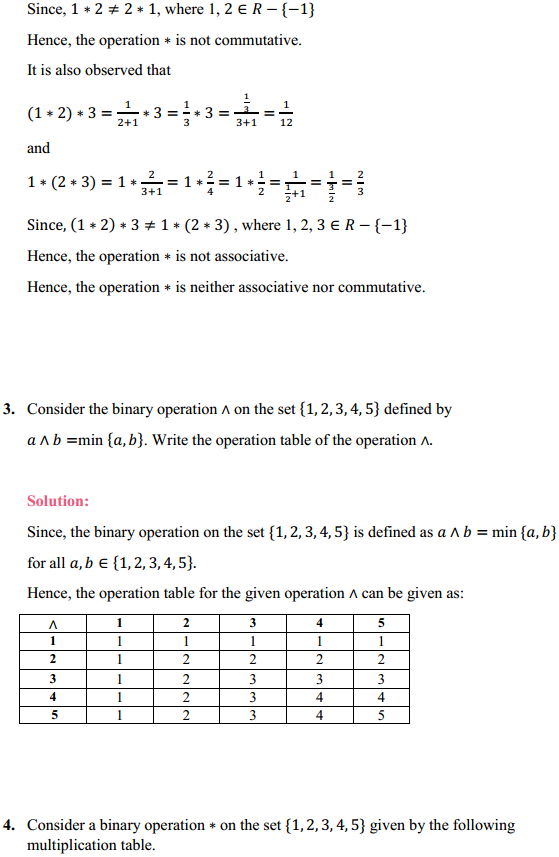
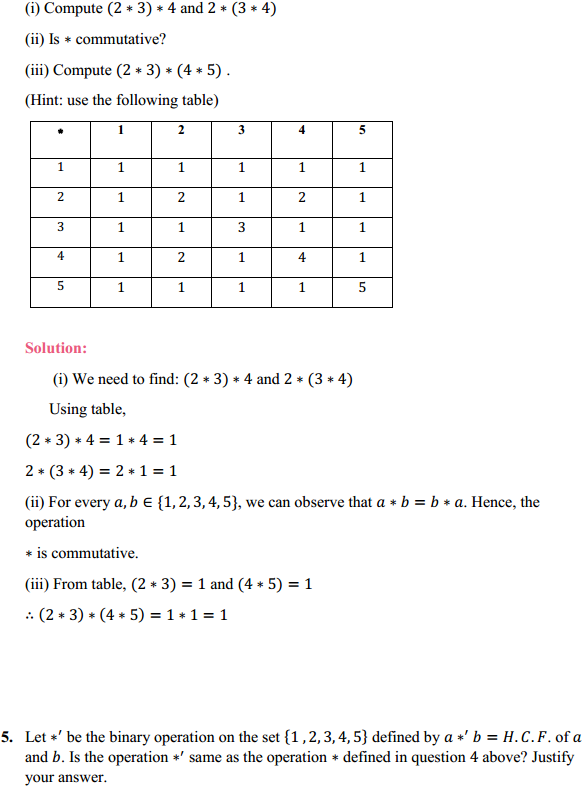
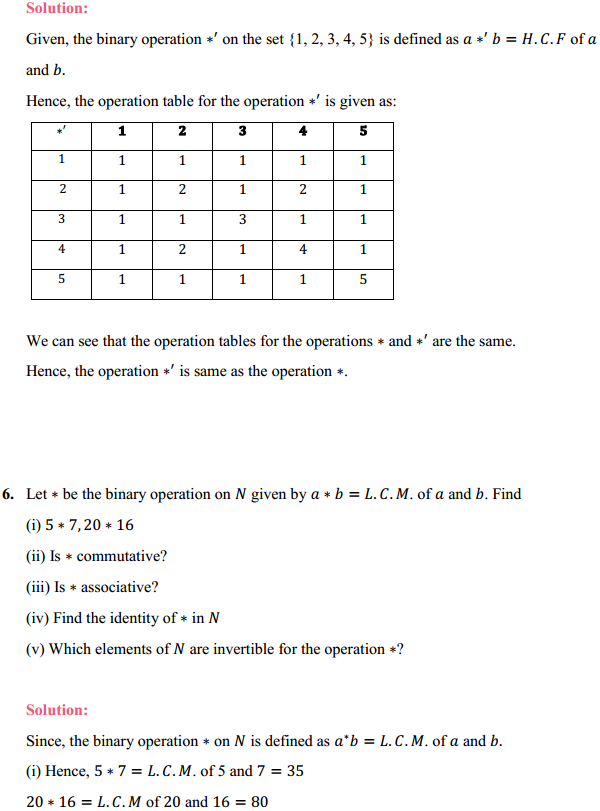
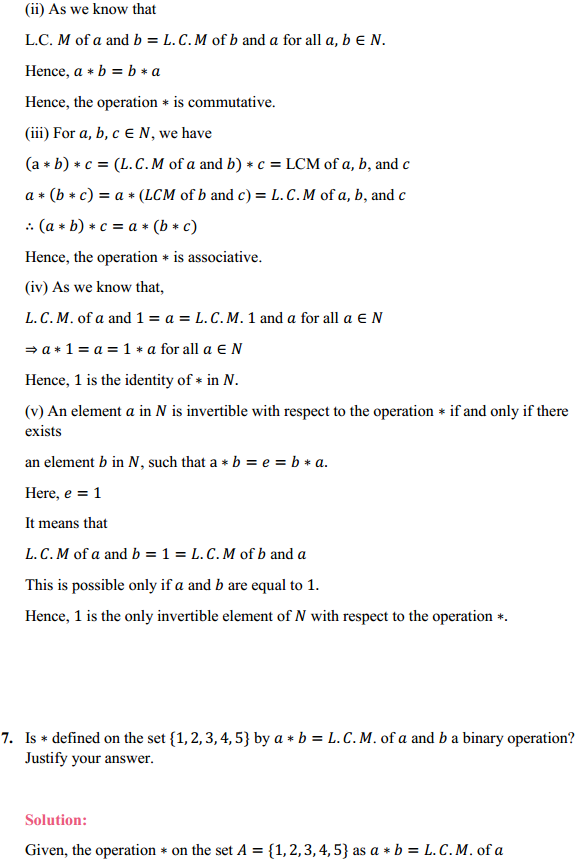
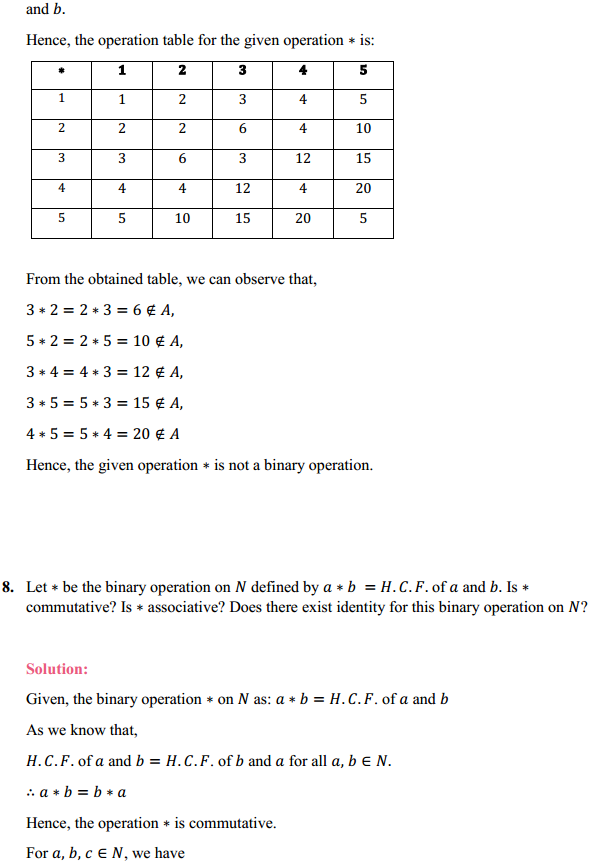
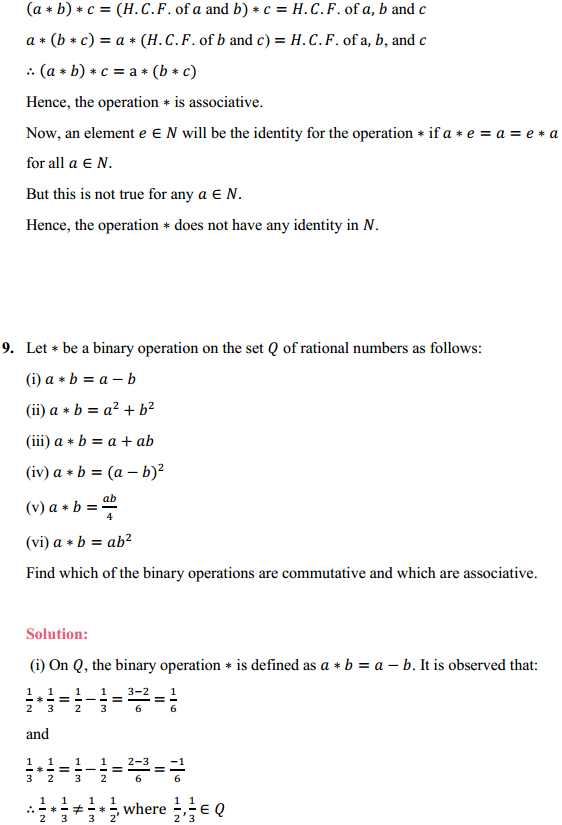
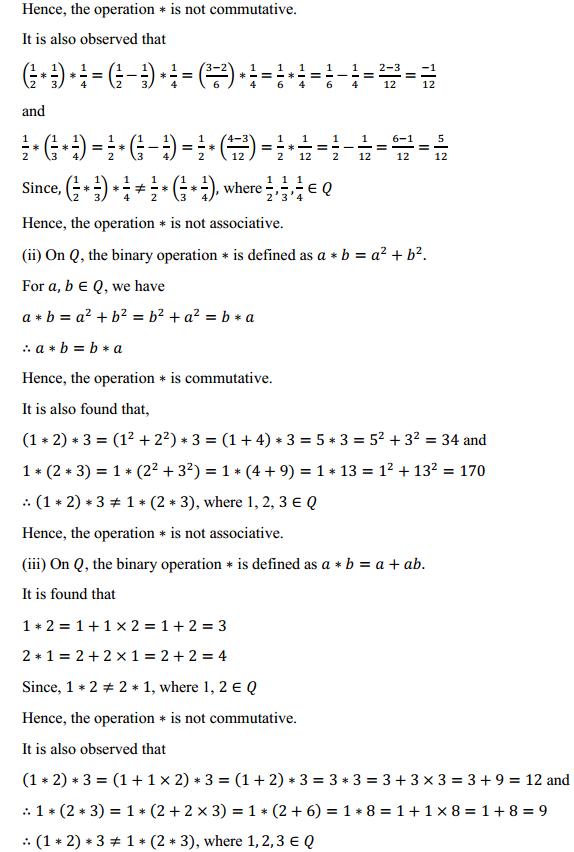
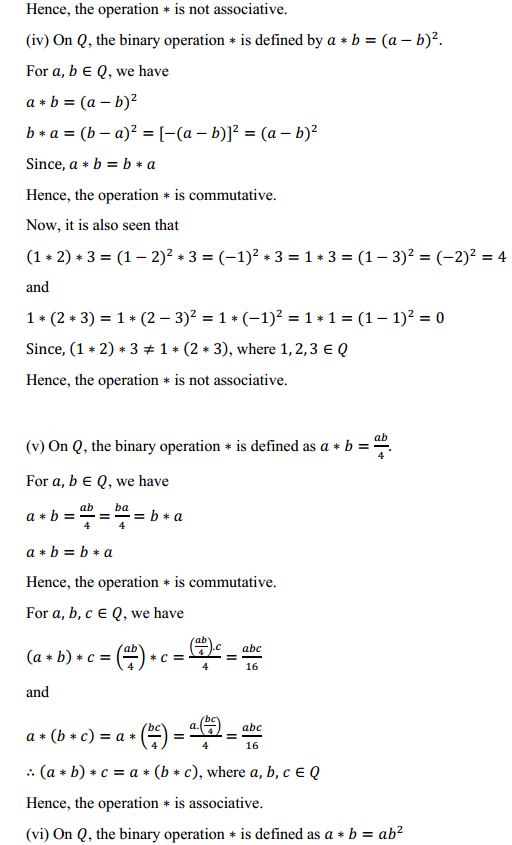
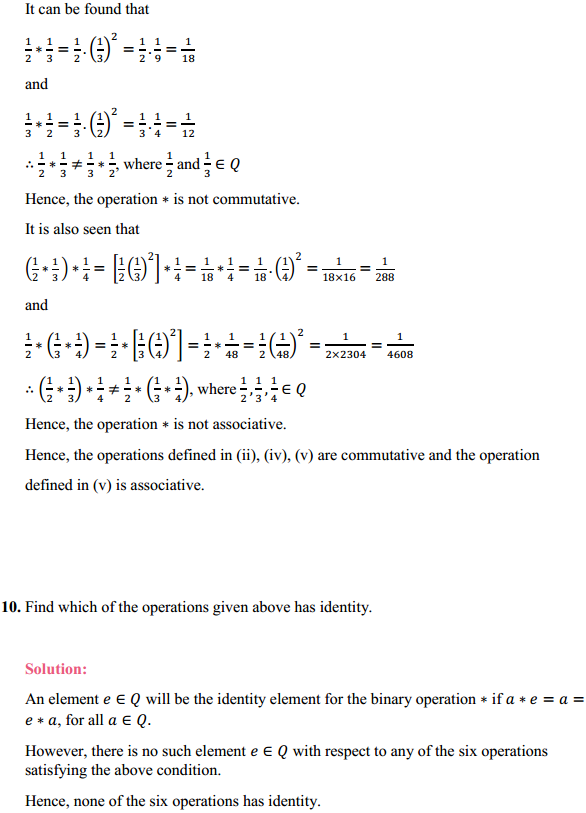
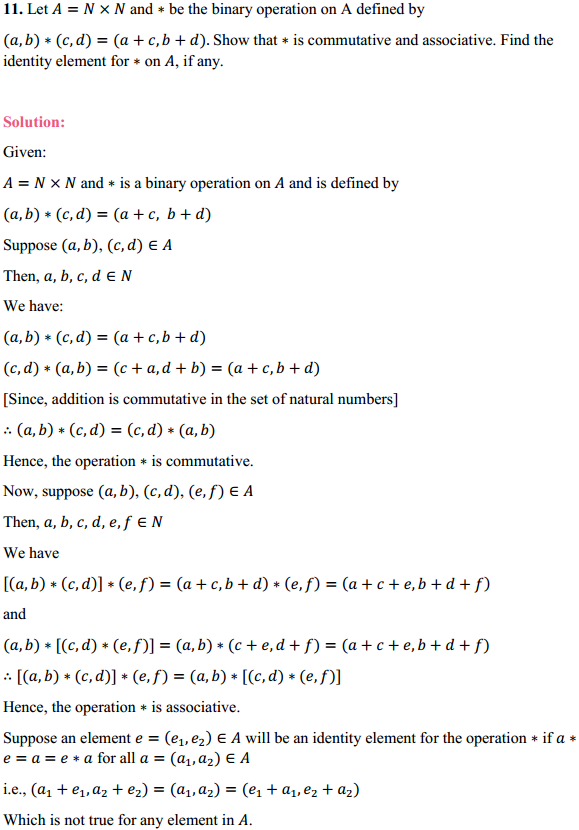
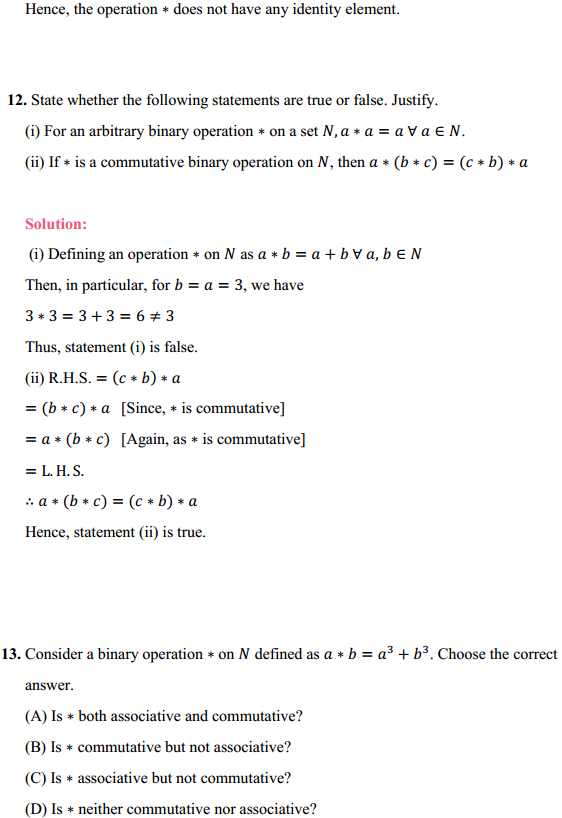
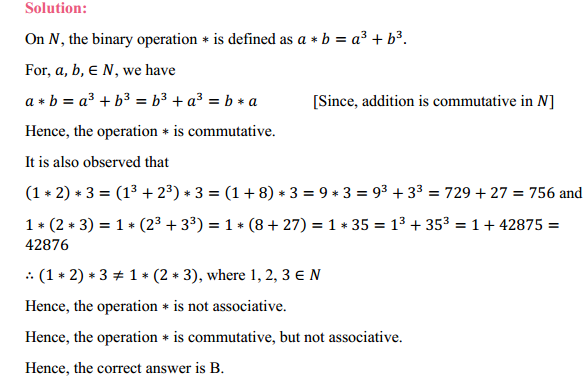
Access Class 12 Maths NCERT Solutions Chapter 1 Relations and Functions Ex 1.3, contains solutions for all Exercise 1.3 Class 12 questions.
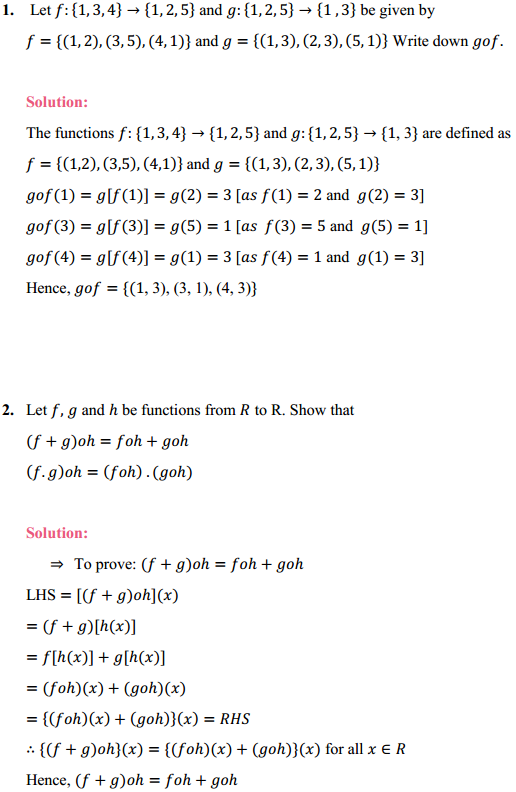
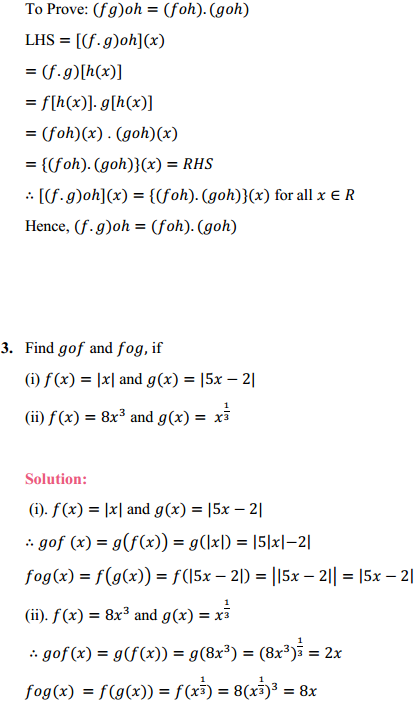
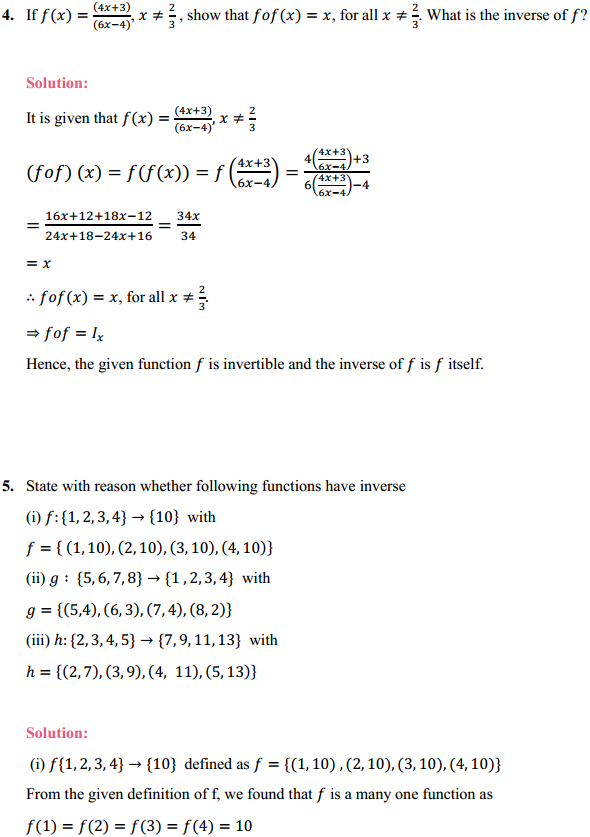
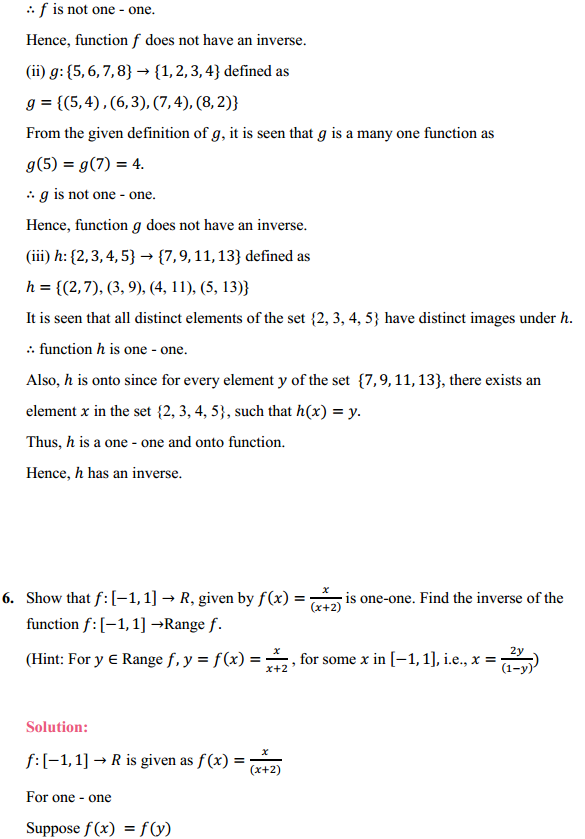
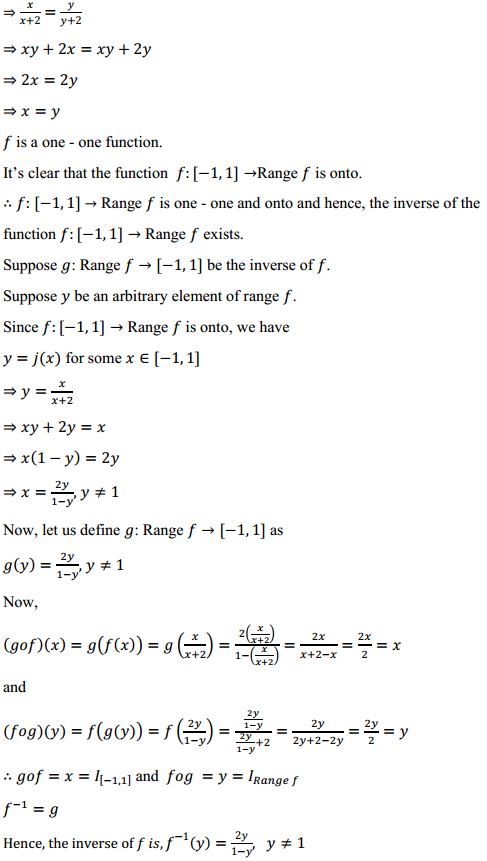
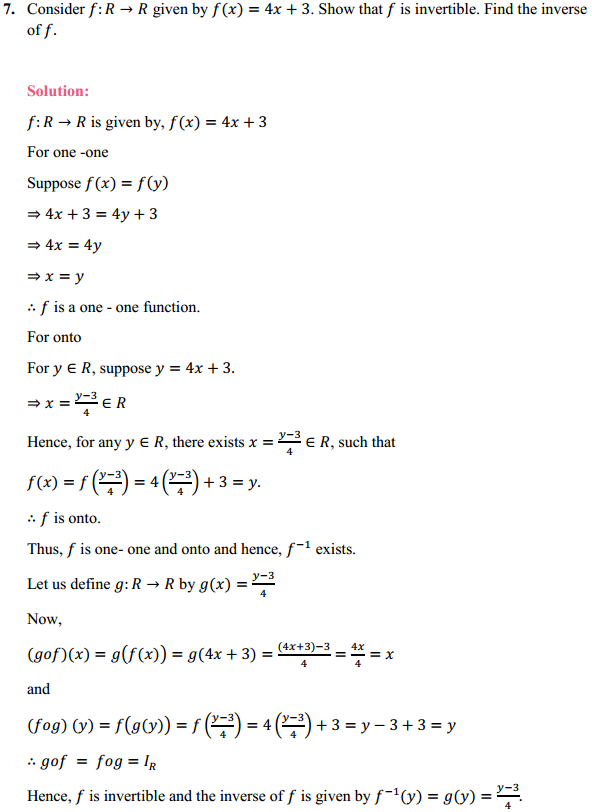
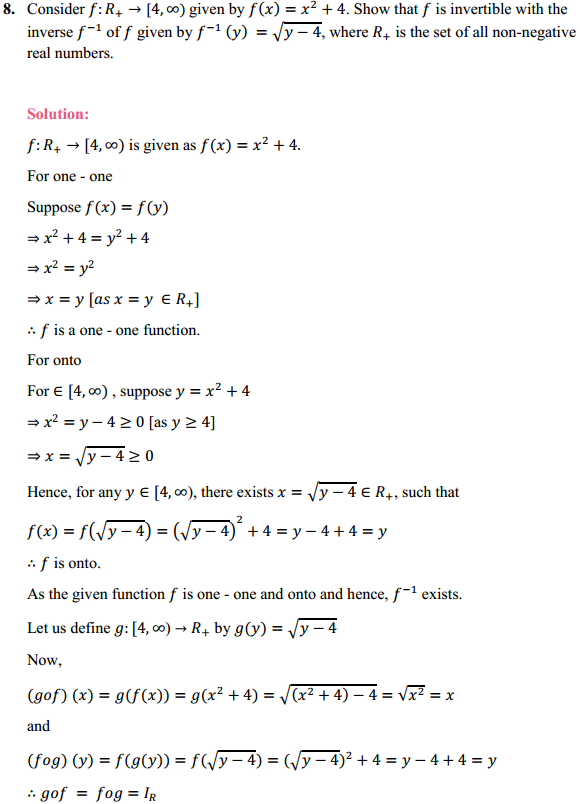
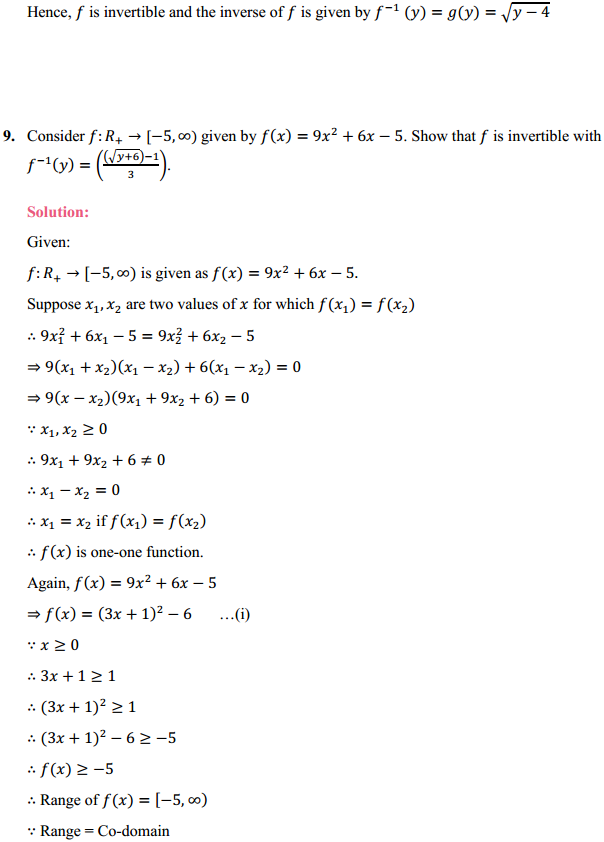
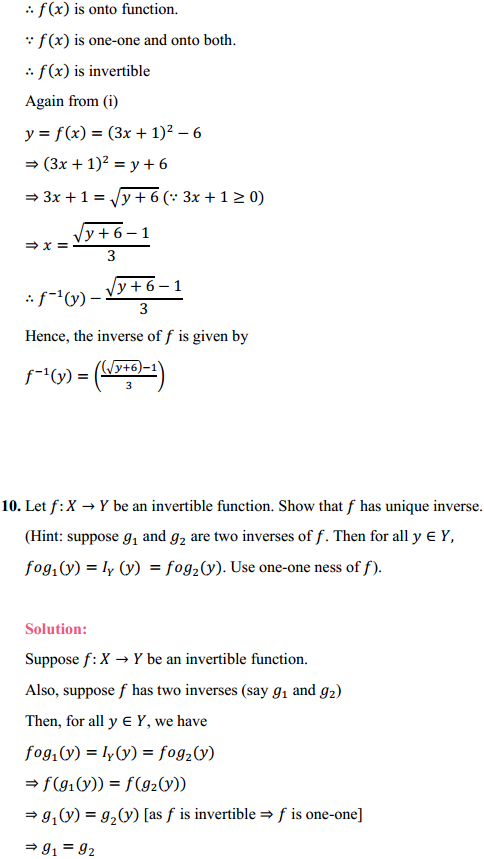
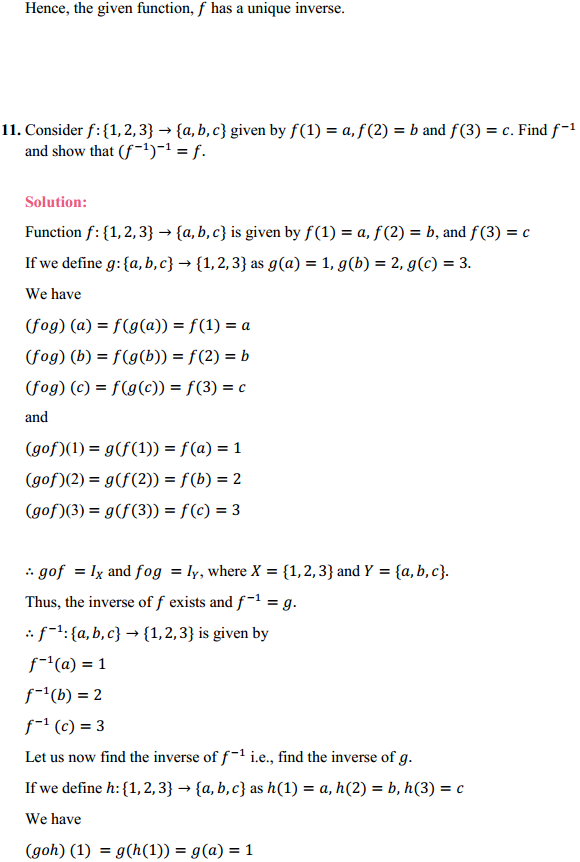
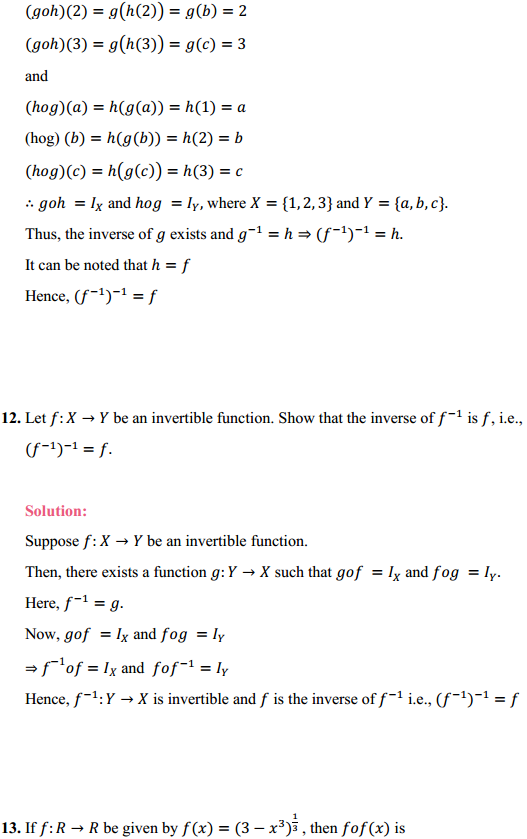
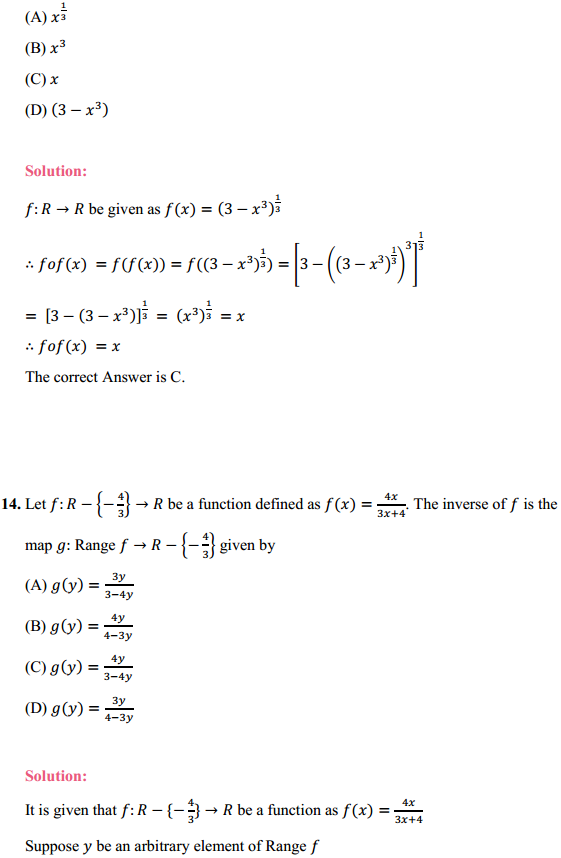
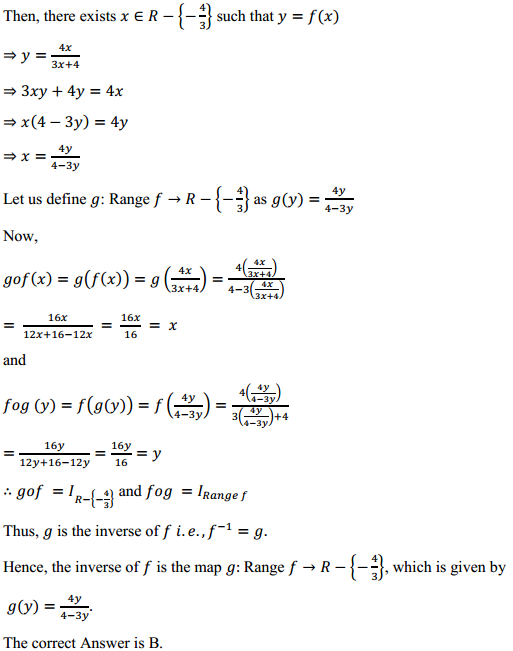
Access Class 12 Maths NCERT Solutions Chapter 1 Relations and Functions Ex 1.2, contains solutions for all Exercise 1.2 Class 12 questions.

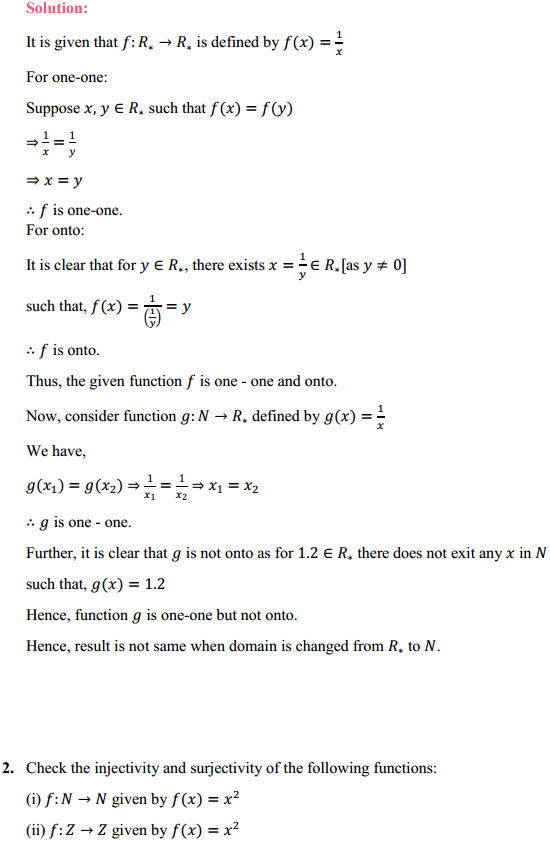
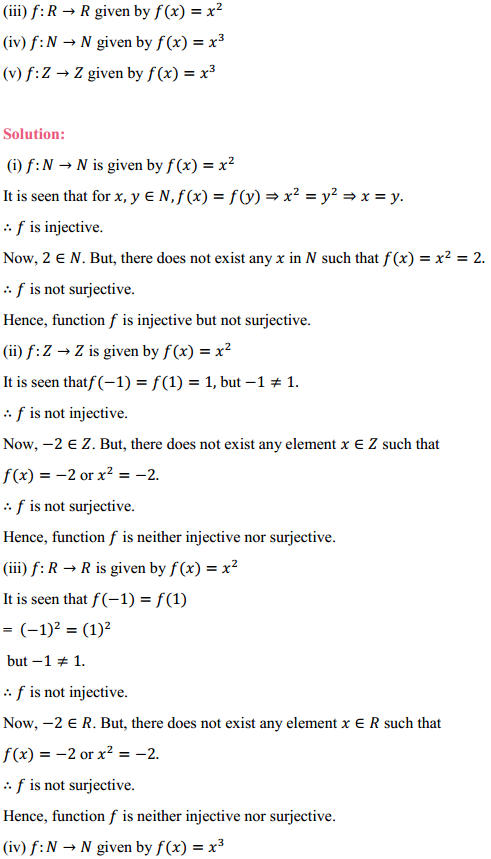
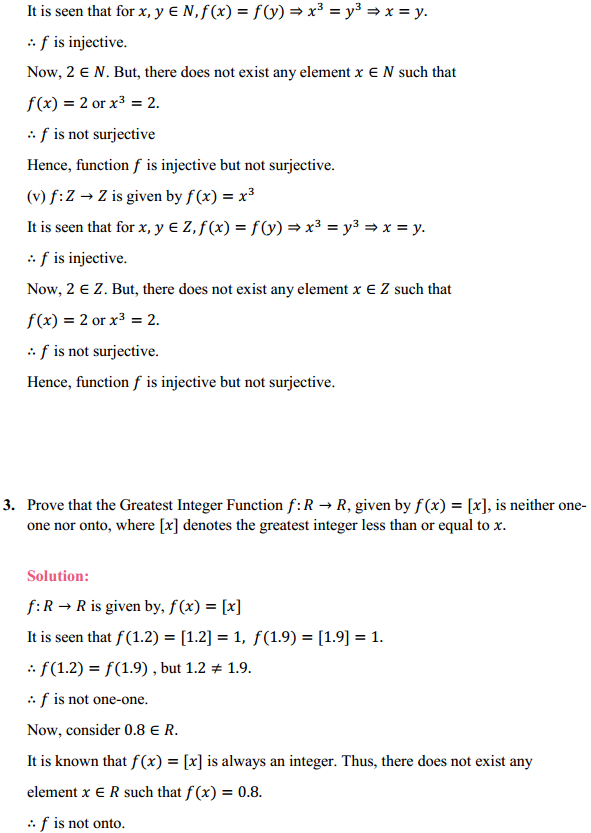
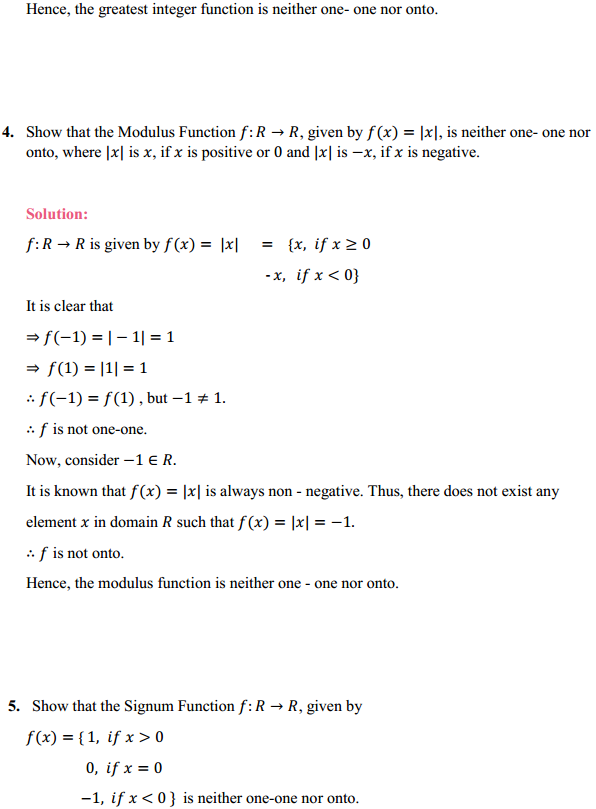
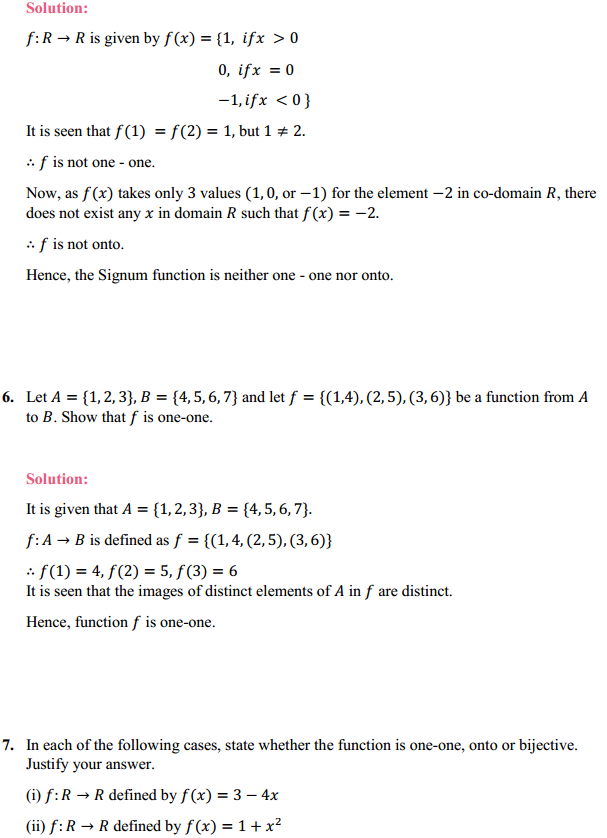
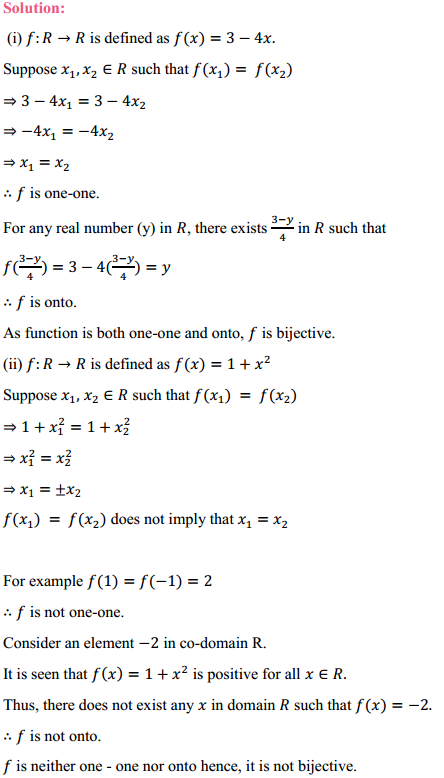
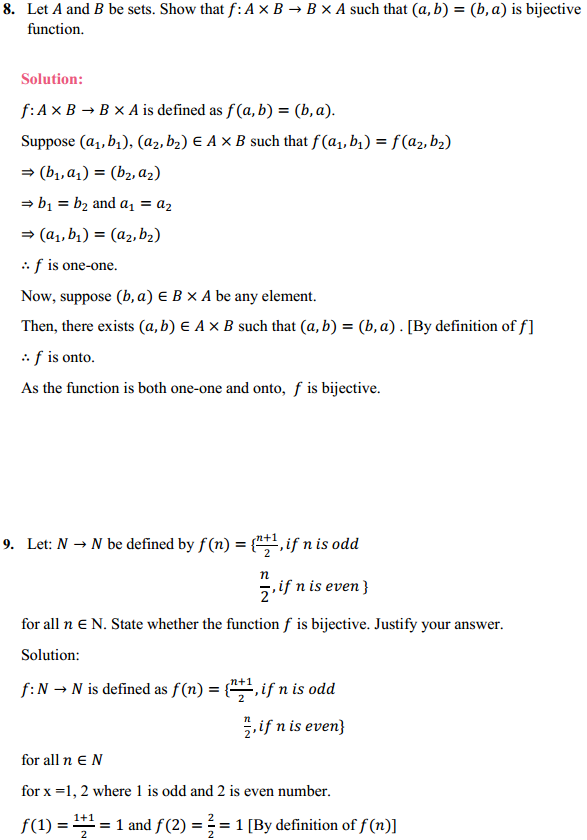
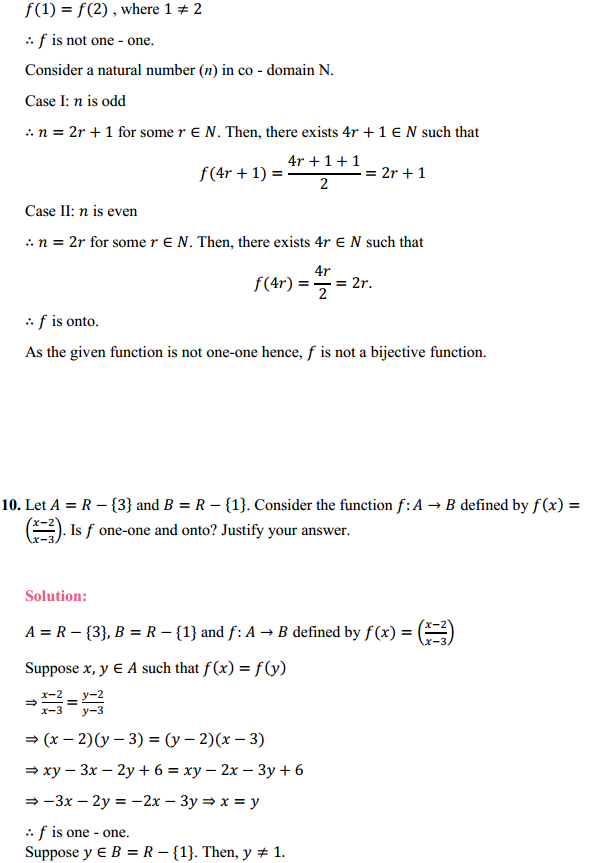
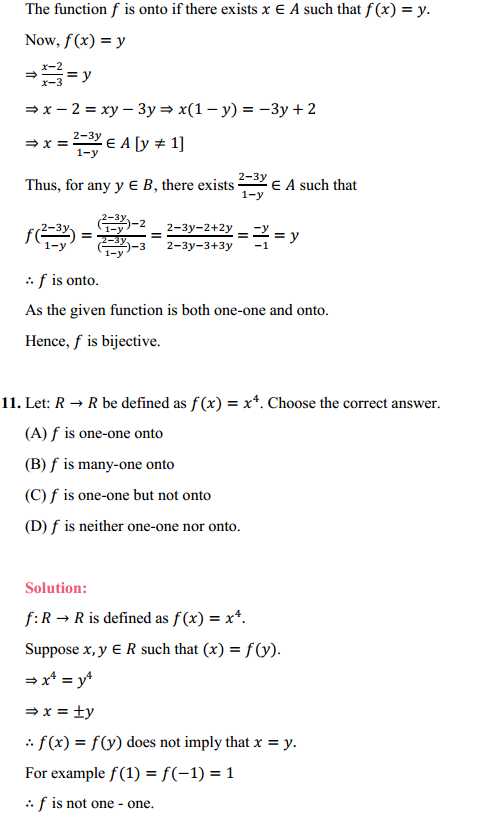
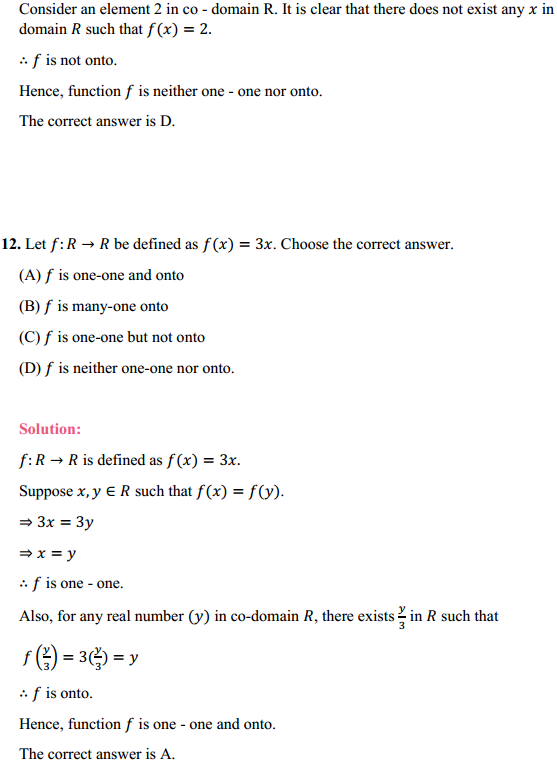
These Solutions are part of NCERT Solutions for Class 11 Biology. Here we have given NCERT Solutions for Class 11 Biology Chapter 17 Breathing and Exchange of Gases.
Question 1.
Define vital capacity. What is its significance?
Solution:
The maximum volume of air a person can breathe in after a forced expiration it is about 4000mL in a normal adult person. Vital capacity is higher in athletes and singers. Cigarette smokers have a lower vital capacity of the lungs. This includes ERC, TV, and IRV, or the maximum volume of air a person can breathe out after a forced inspiration.
Question 2.
State the volume of air remaining in the lungs after a normal breathing.
Solution:
The volume of air remaining in the lungs after normal respiration is called functional residual capacity. It includes ERV + RV = Expiratory reserve volume + residual volume
Question 3.
volume Diffusion of gases occurs in the alveolar region only and not in the other parts of the respiratory system. Why?
Solution:
Alveoli are the primary sites of the exchange of gases. The alveolar region is having enough pressure gradient to facilitate the diffusion of gases. Other regions of the respiratory system don’t have the required pressure gradient. Additionally, the membrane of alveoli is thin enough to facilitate the exchange of gases in a convenient manner.
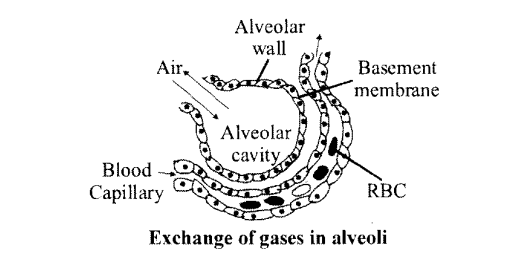
Question 4.
What are the major transport mechanisms for CO2? Explain.
Solution:
Transport of carbon dioxide: About 4 ml of carbon dioxide is transported by every 100 ml of blood.
C02 is transported in three forms in the blood.
(i) In the dissolved form in plasma about 7% of C02 dissolves in the plasma of blood, just as it gets dissolved in water.
(ii) As bicarbonates
Erythrocytes have a high concentration of the enzyme, carbonic anhydrase which catalyzes the following reactions;

About 70% of C02 is transported as bicarbonates.
(iii) As carbaminohaemoglobin
C02 combines with the globin part of haemoglobin and forms carbamino haemoglobin. About 23% of CO2 transported in this manner.
Question 5.
What will be the pO2 and pCO2 in the atmospheric air compared to those in the alveolar air?
(i) pO2 lesser, pCO2higher
(ii) pO2 higher, pCO2lesser
(iii) pO2 higher, pCO2 higher
(iv) pO2 lesser, pCO2lesser
Solution:
(ii) pO2 higher, pCO2 lesser
pO2 higher will create the pressure gradient to facilitate the movement of O2 from atmosphere to alveoli and pCO2 lesser will create the movement of CO2 from alveoli to atmosphere.
Question 6.
Explain the process of inspiration under normal conditions.
Solution:
The intake of air into the lungs is known as inspiration. Inspiration occurs when the pressure within the lungs is less than the atmospheric pressure. It is initiated by the contraction of the diaphragm which increases the volume of the thoracic chamber in the anteroposterior axis. The contraction of external intercostal muscles lifts up the ribs and the sternum causing an increase in the volume of the thoracic chamber in the dorsoventral axis. The overall increase in the thoracic volume causes a similar increase in pulmonary volume which decreases the intra-pulmonary pressure to less than the atmospheric pressure which forces the air from outside to move into the lungs.
Question 7.
How is respiration regulated?
Solution:
Question 8.
What is the effect of pC02 on oxygen transport?
Solution:
At low pC02, blood can carry the maximum amount of oxygen as oxyhemoglobin. At high pCO2, the affinity for oxygen decreases and oxyhaemoglobin dissociates to free oxygen.

So at high pC02, oxygen transport is inhibited.
Question 9.
What happens to the respiratory process in a man going up a hill?
Solution:
There is a fall of PO2 level at high altitudes. This lowers alveolar PO2 and consequently reduces the diffusion of oxygen from the alveolar air to the blood. So oxygenation of the blood is decreased progressively.
After some time, the affected person gets adjusted to the surroundings due to which the heart rate is accelerated, RBC count in the blood is increased, haemoglobin level and oxygen-carrying capacity are also increased.
Question 10.
What is the site of gaseous exchange in an insect?
Solution:
Insects have a complex system of intercommunicating air tubes called tracheae to enable them to exchange gases between the environment and the body cells (tracheal respiration).
Question 11.
Define oxygen dissociation curve. Can you suggest any reason for its sigmoidal pattern?
Solution:
The curve in which the percentage saturation of hemoglobin with O2 is plotted against the partial pressure of oxygen (PO2) is called the oxygen dissociation curve. At a PO2 of 100 mm Hg, 100 percent saturation of Hb takes place 90% saturation of Hb takes place even at a P02 of 60mm Hg. An I fall of PCX, from 100 to 60mm Hg will cause only 10% decrease in saturation of Hb. Hence the curve takes the shape of a sigmoid.
Question 12.
Have you heard about hypoxia? Try to gather information about it, and discuss it with your friends.
Solution:
Hypoxia is the condition in which there is a deficiency of oxygen at the tissue level.
Question 13.
Distinguish between
(a) IRV and ERV
(b) Inspiratory capacity and Expiratory capacity.
(c) Vital capacity and Total lung capacity.
Solution:
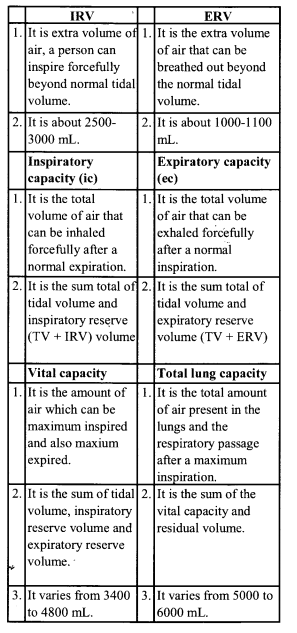
Question 14.
What is tidal volume? Find out the tidal volume (approximate value) for a healthy human in an hour.
Solution:
The volume of air inspired or expired/breath during normal respiration is approx. 500 ml., i.e., a healthy man can inspire or expire approximately 6000 to 8000 ml of air per minute.
VERY SHORT ANSWER QUESTIONS
Question 1.
Name the enzyme which catalyses the bicarbonate formation in RBCs.
Solution:
Enzyme carbonic anhydrase.
Question 2.
What is carbamino haemoglobin?
Solution:
It is a complex formed by the combination of carbon dioxide with the globin part of haemoglobin.
Question 3.
What is tidal volume?
Solution:
The volume of air inspired or expired with every normal breath during effortless respiration is called tidal volume.
Question 4.
What term is used for the volume of air left in the lungs even after the most powerful expiration?
Solution:
Residual volume.
Question 5.
Name the respiratory organ of
(a) Butterfly
(b) Frog larva.
Solution:
(i) Butterfly – trachea
(ii) Frog larva – gills.
Question 6.
What is the role of oxyhaemoglobin after releasing molecular oxygen in the tissue?
Solution:
Oxyhaemoglobin after releasing oxygen collects carbon dioxide from the tissue and form carbaminohaemoglobin.
Question 7.
What are the two factors that contribute to the dissociation of oxyhaemoglobin in the atrial blood to release’ molecular oxygen in active tissue?
Solution:
The two factors are :
(a) Lowp02
(b) HighpC02
Question 8.
Name the double-walled sac which covers the lungs in mammals.
Solution:
Pleura.
Question 9.
What prevents the collapsing of our trachea during breathing ?
Solution:
C-shaped cartilages at regular intervals.
Question 10.
Define inspiratory reserve volume.
Solution:
The extra volume of air that can be inspired beyond the normal tidal volume, is called inspiratory reserve volume.
Question 11.
Which part(s) of the brain control(s) breathing movements?
Solution:
Medulla and pons.
Question 12.
What is oxyhaemoglobin?
Solution:
Oxyhaemoglobin is a complex formed when oxygen combies with the Fe2+ part of haemoglobin.
Question 13.
How much of oxygen is transported by 100 ml of blood under normal physiological conditions?
Solution:
About 5 mL.
Question 14.
Write the chemical reaction catalysed by enzyme carbonic anhydrase.
Solution:
Carbonic anhydrase catalyses the following reaction:

Question 15.
How does penumotaxic centre alter the respiratory rate?
Solution:
Pneumotaxic centre can reduce the duration of inspiration and alter the respiratory rate.
Question 16.
What is the percentage of C02 transported as sodium bicarbonate?
Solution:
70% of C02 is transported as sodium bicarbonate.
Question 17.
What will happen if the human blood becomes acidic?
Solution:
Oxygen carrying capacity of haemoglobin will decrease.
SHORT ANSWER QUESTIONS
Question 1.
Write four conditions necessary to facilitates efficient gaseous exchange between human respiratory surface and the environment.
Solution:
Conditions for efficient gas exchange are as follows:
(a) The membrane should be thin.
(b) It should be highly vascularized.
(c) It should be highly permeable to gases.
(d) There should a partial pressure difference on both sides of lung.
Question 2.
Differentiate between pharynx and larynx.
Solution:
The main differences between the pharynx and larynx are as follows:

Question 3.
Why is hemoglobin called a conjugated protein? What happens to the molecule at a high and low partial pressure of oxygen?
Solution:
Hemoglobin: It is called conjugated protein because it consists of a basic protein globin and a non-protein heme.
The haemoglobin when exposed to the high partial pressure of oxygen combines with oxygen to form oxyhaemoglobin which carries 4 molecules of oxygen loosely bound to the four Fe2+ ions. When this oxyhaemoglobin reaches the tissues where there is low oxygen pressure oxyhaemoglobin dissociates into oxygen and deoxyhemoglobin.
Question 4.
Differentiate between inspiratory capacity and expiratory capacity.
Solution:
The differences between inspiratory and expiratory capacity are :
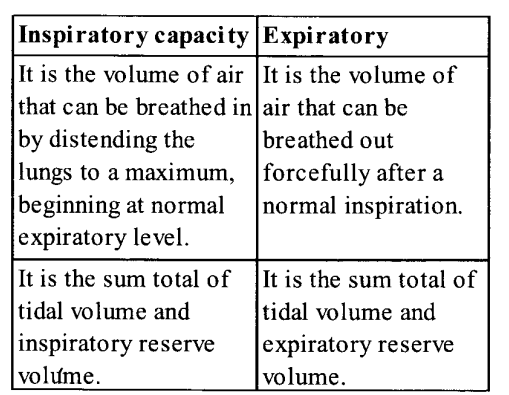
Question 5.
Diffusion of gases occurs in the alveolar region only and not in the other parts of the respiratory system. Why?
Solution:
The alveoli have very thin walls consisting of squamous epithelium. The alveolar wall is provided with an extensive network of blood capillaries; due to the intimate contact of the blood capillaries and alveolar wall, there is an exchange of gases taking place easily. In the other part the membrane/wall is not so thin to allow for diffusion.
Question 6.
What percentage of oxygen is transported by erythrocytes in the blood? What happens to the remaining?
Solution:
About 97% of the oxygen is transported by erythrocytes. The remaining 3% is transported in dissolved form in the plasma.
Question 7.
What is asthma? Explain.
Solution:
Asthma: It is the hypersensitivity of bronchioles to any foreign substance, characterized by the spasm of the smooth muscles of the walls of the bronchioles.
Question 8.
What is emphysema? What is its major cause?
Solution:
Emphysema: Emphysema is a chronic disorder is which alveolar walls are damaged and hence the surface area for exchange of. gases is reduced. It is caused mainly by cigarette smoking.
Question 9.
Draw a labelled diagram of a section of an alveolus with a pulmonary capillary.
Solution:
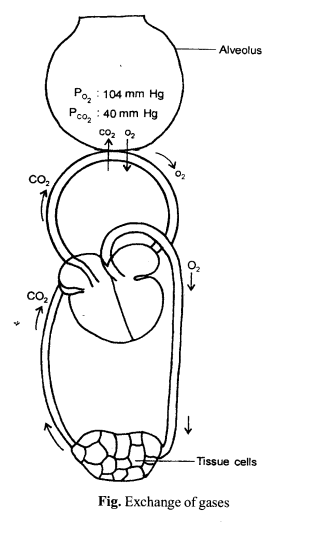
Question 10.
What will happen if the patient has been inhaling polluted air containing high content of CO?
Solution:
Hemoglobin has much more affinity about 250 times for CO than oxygen. It readily combines with CO to form the most stable compound called carboxyhemoglobin. It may be fatal for the patient.
Question 11.
What is pneumonia? What are its causes?
Solution:
Pneumonia is a respiratory disease in which oxygen has difficulty in diffusing through the flammed alveoli and the blood O2 may be drastically reduced and blood PCO2 remains normal. It is caused by streptococcus pneumonia. Its symptoms are trembling, pain in the chest, fever, cough, etc. It is mostly observed in children and old age.
LONG ANSWER QUESTIONS
Question 1.
What do you mean by occupational lung disease? Enumerate the prevention measure that should be adopted by a person likely to be exposed to substances that cause occupational diseases?
Solution:
Occupational lung disease as the name suggests it is the disease of lung due to the occupation of the human.
Cause: These are caused by harmful substances, such as gas fumes or dust, present in the environment where a person works. Silicosis and asbestoses are common examples, which occur due to chronic exposure of silica and asbestos dust in the mining industry.
Symptoms: It is characterized by the proliferation of fibrous connective tissue (fibrosis) of upper part of lung, causing inflammation.
Prevention: The occupational disease expresses symptoms after chronic exposure (i.e., 10-15 years or even more). Most of the occupational diseases including silicosis and asbestosis is are incurable. Therefore, the person which is exposed to such irritants should adopt preventive measures. These protective measures are as follows:
(i) Minimize the exposure of harmful dust at the workplace.
(ii) Workers should be informed about the harm of exposure to such dust.
(iii) Workers must have protective gear and clothing at the workplace.
(iv) health of the workers should be regularly checked up.
Question 2.
Explain the regulation of respiration by the nervous system.
Solution:
Regulation of respiratory rhythm
Question 3.
How does the exchange of respiratory gases take place in the alveoli or lungs?
Solution:
Gaseous exchange in alveoli:
Question 4.
How are inspiration and expiration take place in humans?
Solution:
The inflow (inspiration) and outflow (expiration) of air occur between the atmosphere and lungs by the expansion and contraction of lungs.
Inspiration: It is the process by which fresh air enters the lungs.
Expiration: It is a process by which foul air (CO2) is expelled out from the lungs.
We hope the NCERT Solutions for Class 11 Biology at Work Chapter 17 Breathing and Exchange of Gases, help you. If you have any query regarding NCERT Solutions for Class 11 Biology at Work Chapter 17 Breathing and Exchange of Gases, drop a comment below and we will get back to you at the earliest.
These Solutions are part of NCERT Solutions for Class 11 Biology. Here we have given NCERT Solutions for Class 11 Biology Chapter 19 Excretory Products and their Elimination.
Question 1.
Define Glomerular Filtration Rate (GFR).
Solution:
The amount of filtrate formed by the kidneys per minute is called glomerular filtration rater (GFR). GFR in a healthy individual is approximately 125ml/minute i.e. 180 lines per day.
Question 2.
Explain the autoregulatory mechanism of GFR.
Solution:
This mechanism in Kidney is present to regulate the glomerular filtrate rate.
Question 3.
Indicate whether the following statements are true or false :
(i) Micturition is carried out by a reflex.
(ii) ADH helps in water elimination, making the urine hypotonic.
(iii) Protein-free fluid is filtered from blood plasma into the Bowman’s capsule.
(iv) Henle’s loop plays an important role in concentrating the urine.
(v) Glucose is actively reabsorbed in the proximal convoluted tubule.
Solution:
(i) True
(ii) False
(iii) True
(iv) True
(v) True.
Question 4.
Give a brief account of the countercurrent mechanism.
Solution:
The loop of Henle and vcisa recta are responsible for concentrating the filtrate. The mechanism is called a counter-current mechanism. The flow of filtrate in limbs of Henle’s loop and vasa recta is in opposite direction so, forms a counter-current system. The proximity, as well as counter-current in them, maintains osmolarity increasing 300 mOsmolL-1 in the cortex and 1200 mOsmolL- 1 in inner medulla.
Question 5.
Describe the role of the liver, lungs and skin in excretion.
Solution:
Liver: This largest gland in our body, secretes bile-containing substances like bilirubin, biliverdin, cholesterol, degraded steroid hormones, vitamins and drugs. Most of these substances ultimately pass out along with digestive wastes.
Lungs: Lungs remove large amounts of CO2, about 18 liters/day, and also significant qualities of water every day.
Skin: The sweat and sebaceous glands in the skin eliminate certain substances through their secretions. Sweat is a watery fluid containing NaCI, small amounts of urea, lactic acid etc. Sebaceous glands eliminate certain substances like sterols, hydrocarbons, and waxes through sebum.
Question 6.
Explain micturition.
Solution:
Urine formed by the nephrons is ultimately carried to the urinary bladder where it is stored till a voluntary signal is given by the central nervous system (CNS). This signal is initiated by the stretching of the urinary bladder as it gets filled with urine. In response, the stretch receptors on the walls of the bladder send signals to the CNS. The CNS passes on motor messages to initiate the contraction of smooth muscles of the bladder and simultaneous relaxation of the urethral sphincter causing the release of urine. The process of release of urine is called micturition and the neural mechanisms causing it is called the micturition reflex.
An adult human excretes on average, 1.5 liters of urine per day. The urine formed is a light yellow colored watery fluid that is slightly acidic (pH-6.0) and has a characteristic odor. On average, 25-30 gm of urea is excreted out per day. Various conditions can affect the characteristics of urine. Analysis of urine helps in the clinical diagnosis of many metabolic disorders as well as malfunctioning of the kidneys. For example, the presence of glucose (Glycosuria) and ketone bodies (ketonuria) in urine are indicative of diabetes mellitus.
Question 7.
Match the items of Column I with those of column II.
Column I Column II
(a) Ammonotelism (i) Birds
(b) Bowman’s capsule (ii) Water reabsorption
(c) Micturition (iii) Bony fish
(d) Uricotelism (iv) Urinary bladder
(e) ADH (v) Renal tubule
Solution:
(a) – (iii) Bony fish
(b) – (v) Renal tubule
(c) – (iv) Urinary bladder
(d) – (i) Birds
(e) – (ii) Water reabsorption
Question 8.
What is meant by the term osmoregulation?
Solution:
Osmoregulation is the mechanism of maintaining water, blood, body fluid, and ionic (salt) balance in the body.
Question 9.
Terrestrial animals are generally either ureotelic or uricotelic, not ammonotelic, why?
Solution:
Land animals have an integument that is impervious to gas exchange. Ammonia is highly toxic and it has to be eliminated as rapidly as it is formed. It requires a large volume of water for its elimination. They do not have access to such a large volume of water needed for the elimination of ammonia. So, they are either ureotelic or uricotelic.
Question 10.
What is the significance of the juxtaglomerular apparatus (JGA) in kidney function?
Solution:
The JGA plays an important role in the regulation of kidney function. A fall in glomerular blood flow / glomerular blood pressure / GFR can activate the JG cells to release renin which converts angiotensinogen in the blood to angiotensin I and further to angiotensin II. Angiotensin II, being a powerful vasoconstrictor, increases the glomerular blood pressure and thereby GFR. It also activates the adrenal cortex to release Aldosterone. Aldosterone causes reabsorption of Na+ and water from the distal parts of the tubule. This also leads to an increase in blood pressure and GFR. This mechanism is known as the Renin-Angiotensin mechanism.
Question 11.
Name the following:
Solution:
Question 12.
Fill in the gaps:
Solution:
VERY SHORT ANSWER QUESTIONS
Question 1.
Name the nitrogenous waste excreted by larval and adult stage of frog respectively.
Solution:
Larval stage – ammonia, Adult stage – urea.
Question 2.
In which organ ammonia is converted to urea?
Solution:
Liver.
Question 3.
Define ammonotelism.
Solution:
The excretion of ammonia is called ammonotelism.
Question 4.
What is hemodialysis?
Solution:
The process of removal of excess urea from the blood of a patient (normally suffering from uremia) using an artificial kidney is known as hemodialysis
Question 5.
Define ketonuria.
Solution:
The presence of high ketone bodies in the urine is called ketonuria.
Question 6.
What are the columns of Bertini?
Solution:
These are the extension of the renal cortex between the medullary pyramids as renal columns.
Question 7.
In which part of the nephron does filtration take place?
Solution:
Bowman’s Capsule/Renal Corpuscle
Question 8.
What difference is observed in the ascending and descending limbs of Henle’s loop with g reference to permeability to water?
Solution:
Ascending limb is impermeable to water and permeable to solutes.
Descending limb is permeable to water and impermeable to solutes.
Question 9.
Name the body part through which ammonia is eliminated in a bony fish.
Solution:
Gill membranes.
Question 10.
What is vasa recta ?
Solution:
The U-shaped peritubular capillary that runs parallel to the Henle’s loop is called vasa recta.
Question 11.
What is the driving force for glomerular filtration?
Solution:
The driving force for filtration is the blood pressure in the glomerular capillaries.
Question 12.
How are the filtration slits formed?
Solution:
The podocytes are arranged in an intricate manner so as to leave some minute spaces called filtration slits.
Question 13.
Why is glomerular filtration also called as ultrafiltration?
Solution:
Blood is filtered so finely through these membranes, that almost all the constituents of the plasma except the proteins pass onto the lumen of the bowman’s capsule. Therefore, it is considered as a process of ultrafiltration.
Question 14.
Name the mechanism that acts as a check for the Renin-angiotensin mechanism.
Solution:
Arterial Natriuretic Factor (ANF) Mechanism.
Question 15.
What is uremia?
Solution:
Uremia is a condition of excess accumulation of urea in the blood caused by the malfunctioning ofkidneys.
Question 16.
What term is given to the inflammation of glomerulus in nephron?
Solution:
Glomerulonephritis.
Question 17.
Which limb of loop of Henle is impermeable to water?
Solution:
Bowman’s capsule and glomerulus are collectively called malpighian body.
Question 18.
What is afferent arteriole?
Solution:
Blood vessels leading to glomerulus is called afferent arteriole.
Question 19.
Which hormone promotes the reabsorption of water from glomerular filtrate?
Solution:
Vasopressin promotes reabsorption of water from the glomerular filtrate.
SHORT ANSWER QUESTIONS
Question 1.
How does the proximal convoluted tubule of the nephron contribute to homeostasis?
Solution:
All essential nutrients and 70-80 percent of electrolytes and water are reabsorbed by the PCT segment. So it helps to maintain the pH and ionic balance of the body fluids by selective secretion of hydrogen ions, ammonia and potassium ions into the filtrate and by absorption of HCO3-” from it.
Question 2.
What are the functions of nephridia? Name an animal having protonephridia
Solution:
Nephridia help to eliminate nitrogenous wastes and maintain a fluid and ionic balance. Protonephridia are present in Amphioxus, Rotifers, Planaria, etc.
Question 3.
Kidney do not play a major role in excretion in ammonotelic animals. Justify.
Solution:
Ammonia is readily soluble in water and diffuses across the body surface.
In fish, it is excreted as ammonium ions through gill surface. So kidneys do not have any significant role in the elimination of ammonia.
Question 4.
What are the functions of ADH?
Solution:
(i) ADH facilites water absorption from the distal tubule.
(ii) It also affect kidney function by its constrictor effects also on blood vessels.
Question 5.
What is the ultimate method of correcting acute renal failure? Describe.
Solution:
Kidney transplantation is the ultimate method in the correction of acute renal failures (kidney failure). A functioning kidney is used in transplantation from a donor, preferably a close relative, to minimize its chances of rejection by the immune system of the host.
Question 6.
Mention the role of DCT in urine formation.
Solution:
Distal convoluted tubule plays the following roles:
Question 7.
Why do persons suffering from very low blood pressure pass no urine?
Solution:
The blood passes into the glomerulus under high pressure during glomerular filtration. If blood pressure is less then it results in the failure of the ultrafiltration process in the glomerulus and hence, no urine formation occurs.
Question 8.
Name the passage in sequence through which urine passes from kidneys to the outside in humans. How is urine prevented from flowing back into the ureters?
Solution:
Kidneys → ureters → urinary bladder → urethra
Urine is prevented from flowing back into the ureters because the terminal part of each ureter passes obliquely through the bladder wall.
Question 9.
(a) The two human kidneys do not occur at the same level-explain.
(b) Why are Kidneys called retro-peritoneal?
Solution:
(a) Left kidney is slightly longer, narrower, median, and lies at a level 1.25 cm higher than the right kidney. The right kidney is lower in position due to the presence of the right lobe of the liver.
(b) Retroperitoneal. It is space that lies between the peritoneum and vertebral column, Kidneys occur in this space so that they are lined by peritoneum only on the ventral side.
Question 10.
Differentiate between Cortical Nephron and Juxtamedullary Nephron.
Solution:
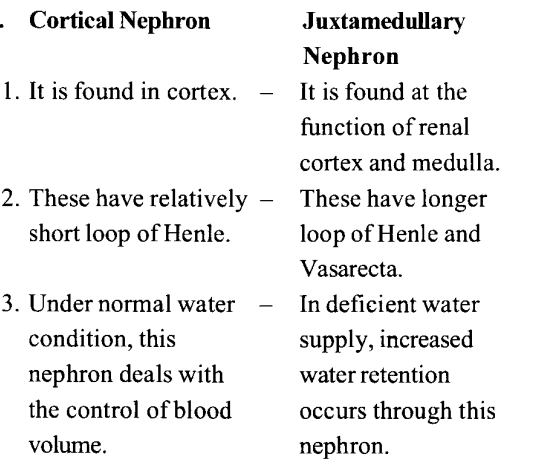
Question 11.
What is the chemical composition of human urine?
Solution:
Human urine is transparent, yellowish in colour and variable in chemical composition. It
consists primarily of water (95 %), with organic solutes including urea (2.6%), creatinine, uric acid, and trace amounts of enzymes, carbohydrates, hormones, fatty acids, pigments, and mucins, and inorganic ions such as Na+, K+, Cl– Mg2+, Ca2+, and phosphates.
Question 12.
What is Erythropoietin? What is its function?
Solution:
Erythropoietin is a glycoprotein hormone that controls erythropoiesis, or the formation of red blood cells. It acts as a cytokine (proteinsignaling molecule) for RBC precursor in bone marrow. It is produced by enterstitial fibroblasts in the kidney in close association with peritubular capillary and tubular epithelial tubule.
Long ANSWER QUESTIONS
Question 1.
Describe the structure of the kidney.
Solution:
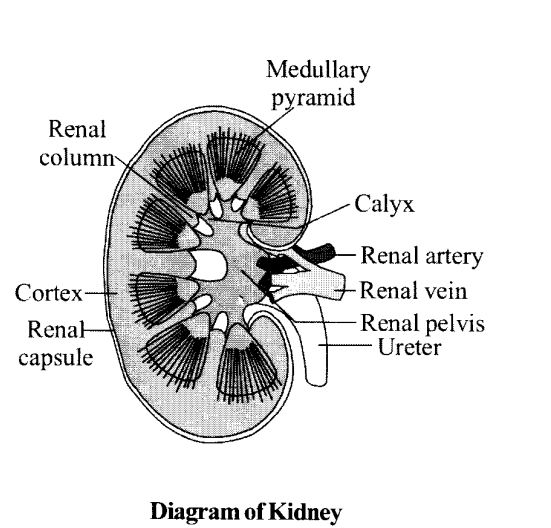
Question 2.
Describe the role of organs other than the kidney in the process of excretion in human beings.
Solution:
Question 3.
Describe the structure of nephron.
Solution:
Structure of nephron
A nephron has two parts-the glomerulus and the renal tubule
(i) Glomerulus: It is a tuft of capillaries formed by the afferent arteriole, which is a fine branch of the renal artery.
(ii) Renal tubule has three-part
(a) proximal convoluted tubule
(b) loop of Henle
(c) distal convoluted tubule
(a) Proximal convoluted tubule –
(b) Loop of Henle – It arises from the end of the proximal convoluted tubule and ends at the starting of the distal tubule.
It is hairpin-like, with a descending limb (that extends into the medulla) and an ascending limb, that crosses back to the cortex.
(c) Distal convoluted tubule –
Question 4.
Describe the process of hemodialysis.
Solution:
Haemodialysis:
We hope the NCERT Exemplar Solutions for Class 11 Biology at Work Chapter 19 Excretory Products and their Elimination, help you. If you have any query regarding NCERT Exemplar Solutions for Class 11 Biology at Work Chapter 19 Excretory Products and their Elimination, drop a comment below and we will get back to you at the earliest.